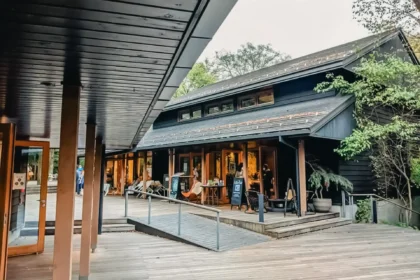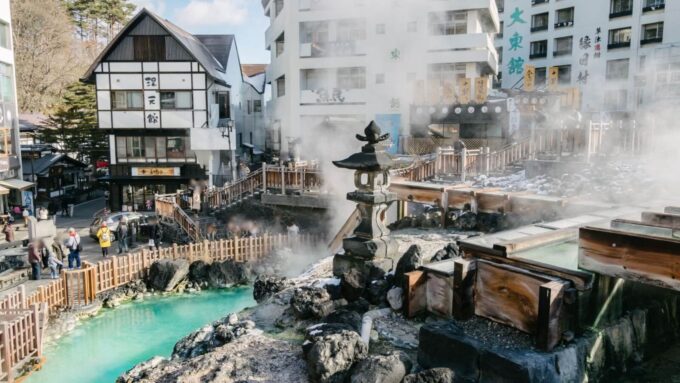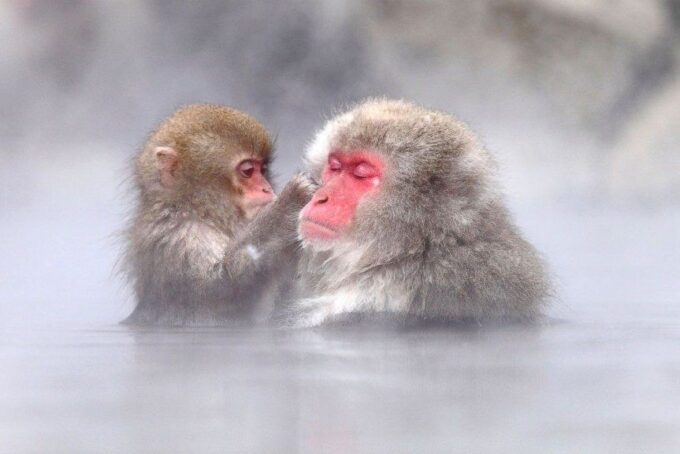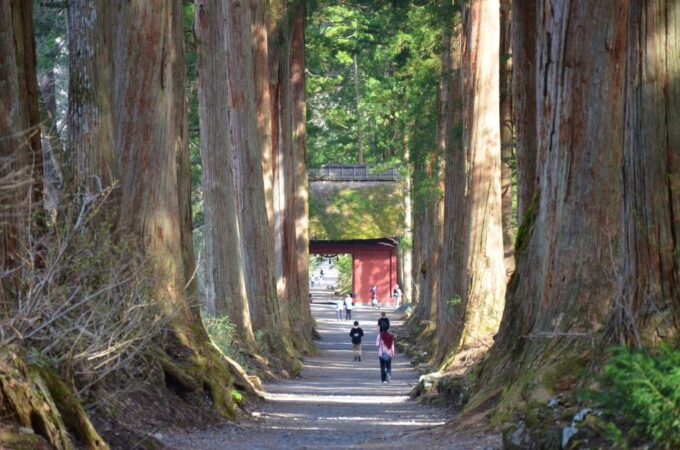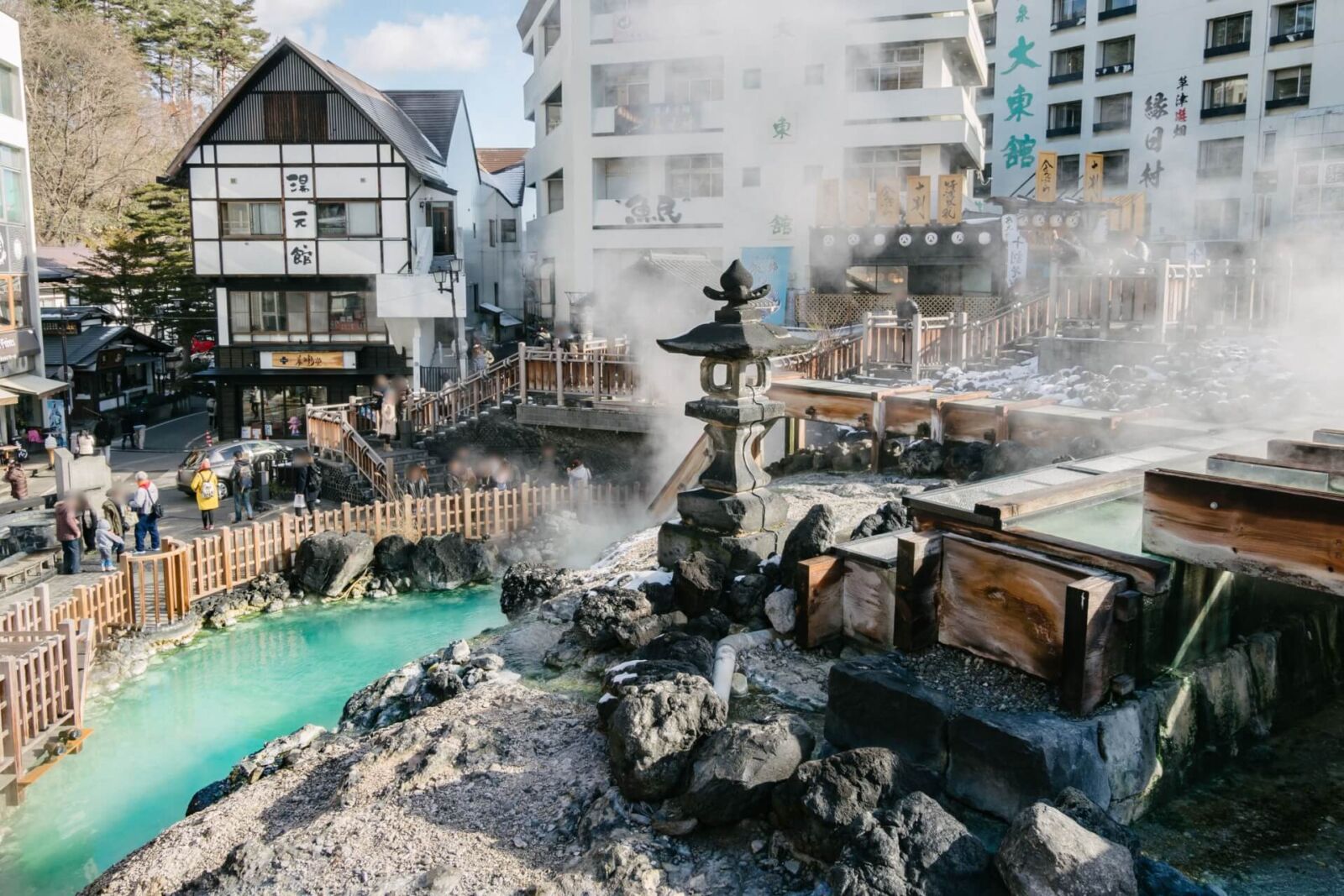
One of Japan’s most famous hot spring towns, Kusatsu Onsen sits high in the Joshintesu Kogen National Park. Located at an altitude of around 1200 metres, the town is fed a copious amount of volcanic water from nearby Mt. Shirane. This is a dramatic yet beautiful landscape. Sitting between Mt. Shirane and Mt. Asama – two of the most active volcanoes on Honshu – a visit to Kusatsu reveals a world and lifestyle found in few other countries. On this page you will find the following information:
-- 25 Best Things to Do Around Kusatsu Onsen
-- Where to Stay When Visiting Kusatsu Onsen?
-- How to Get to Kusatsu Onsen
-- Tours and Charters to Kusatsu
Kusatsu Onsen is one of Gunma Prefectures four famous hot spring towns, along with Minakami Onsen, Ikaho Onsen and Shima Onsen. Located in Joshinetsu Kogen National Park, Kusatsu sits within a dramatic yet beautiful volcanic landscape formed over millions of years. Nearby Mount Shirane is an active volcano which supplies Kusatsu with abundant, mineral-rich thermal water that follows into its many hot springs and bathhouses. This process is demonstrated by the town's 'yubatake' (hot water field), that sits in the centre of the town and allows the water to cool from its naturally dangerous temperature to a cooler, more comfortable temperature to be used in the surrounding onsen.
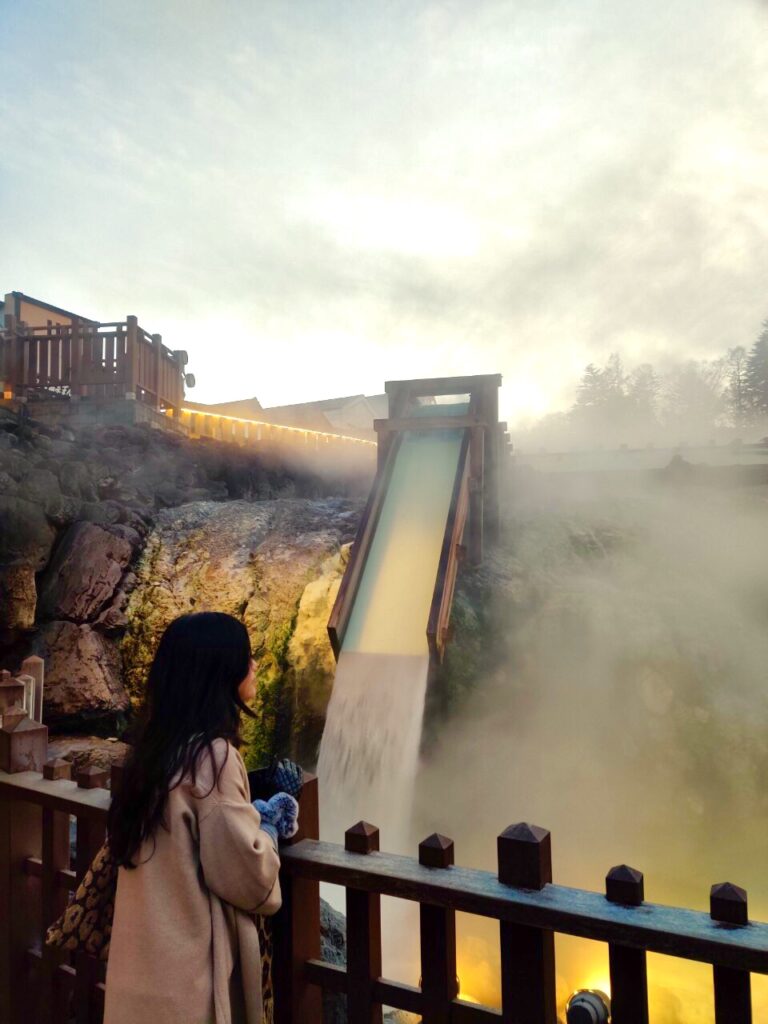
Within easy reach of Karuizawa - one of Japan's most popular mountain resort towns - the two destinations combine well to entice visitors to leave Tokyo and explore the mountainous interior of Japan. In summer, the region is blessed with a much cooler climate than the capital while in autumn, it boasts some of Japan's most beautiful 'koyo' (autumn leaves).
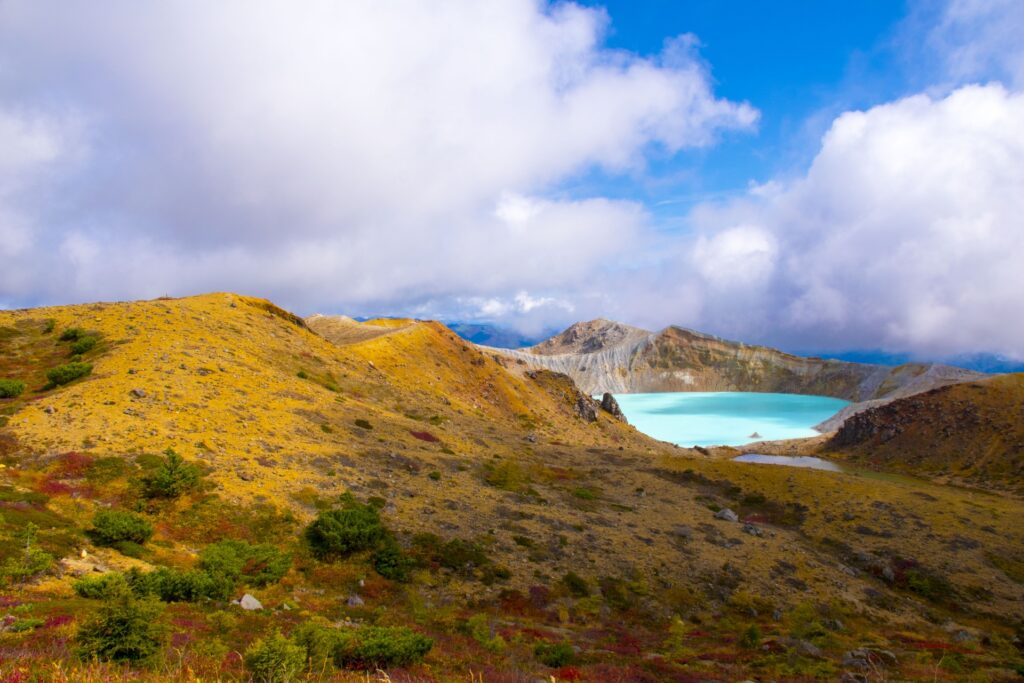
Located within Joshinetsu Kogen National Park - the fourth largest park in Japan - Kusatsu Onsen is an ideal starting point from where to explore one of Japan's most important alpine landscapes. Within the park's boundaries, multiple peaks ascend to over 2000 metres including two active volcanoes - Mount Shirane and Mount Asama. Boasting Japan's largest ski fields, great hiking, unique alpine flora and fauna and the Jigokudani Monkey Park, Kusatsu Onsen is just the starting point from where to explore everything that Central Japan has to offer.
WHERE IS KUSATSU ONSEN?
Located just under 200KM / 3.5 hours drive from Tokyo, Kusatsu Onsen is one of Japan’s most famous hot spring towns. Best-known for its iconic ‘yubatake’ (hot water field) that feeds the hot springs of the many hotels and guesthouses found through the town, Kusatsu is the most famous of Gunma Prefectures four hot spring towns – along with Minakami Onsen, Ikaho Onsen and Shima Onsen - see below for details. Kusatsu Onsen sits at 1200 metres above sea level and within the expansive Joshinetsu Kogen National Park, offering escape from the congestion of the cities and heat and humidity of summer. For international visitors using the train network, Kusatsu Onsen is easy to reach via Karuizawa Station. As a stop on the Hokuriku Shinkansen line running from Tokyo to Kanazawa, Kusatsu is only 65 to 75-minutes from the capital. Once in Karuizawa, local buses run to the centre of Kusatsu Onsen, taking around 80-minutes.
25 BEST THINGS TO DO AROUND KUSATSU
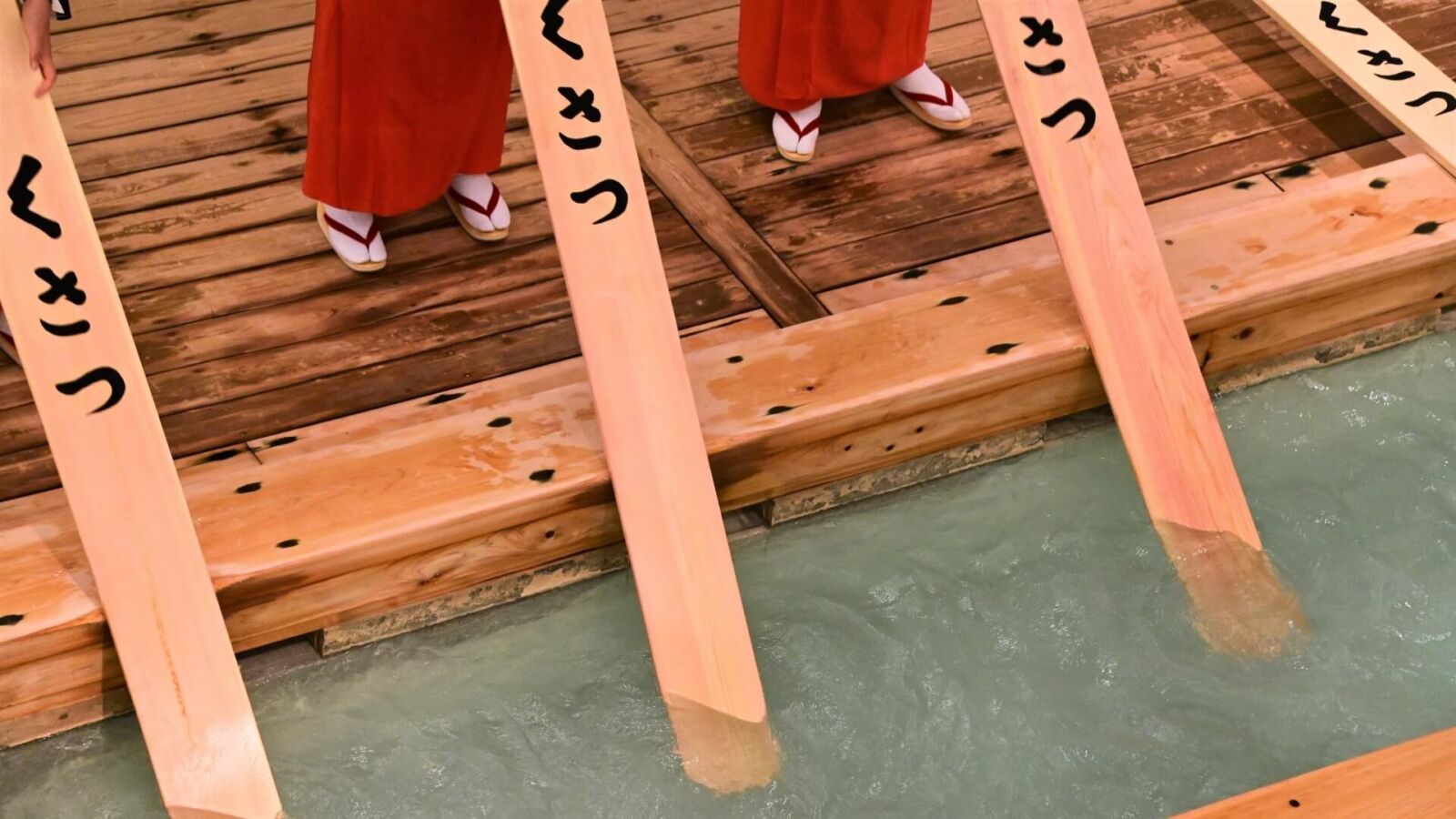
Any visit to Kusatsu Onsen is all about the hot springs! Fed by the volcanic waters of nearby Mount Shirane, the 'onsen' (hot springs) of Kusatsu have long been known for their rejuvenating powers. Hot spring hotels and guesthouses are spread throughout the town, while in the surrounding area visitors can enjoy the open expanse of Joshinetsu Kogen National Park, the nearby mountain resort town of Karuizuawa and lots of other great destinations and activities. Here's our suggestion of the best things to do when visiting Kusatsu:
1 / STAY IN KUSATSU ONSEN / all year round
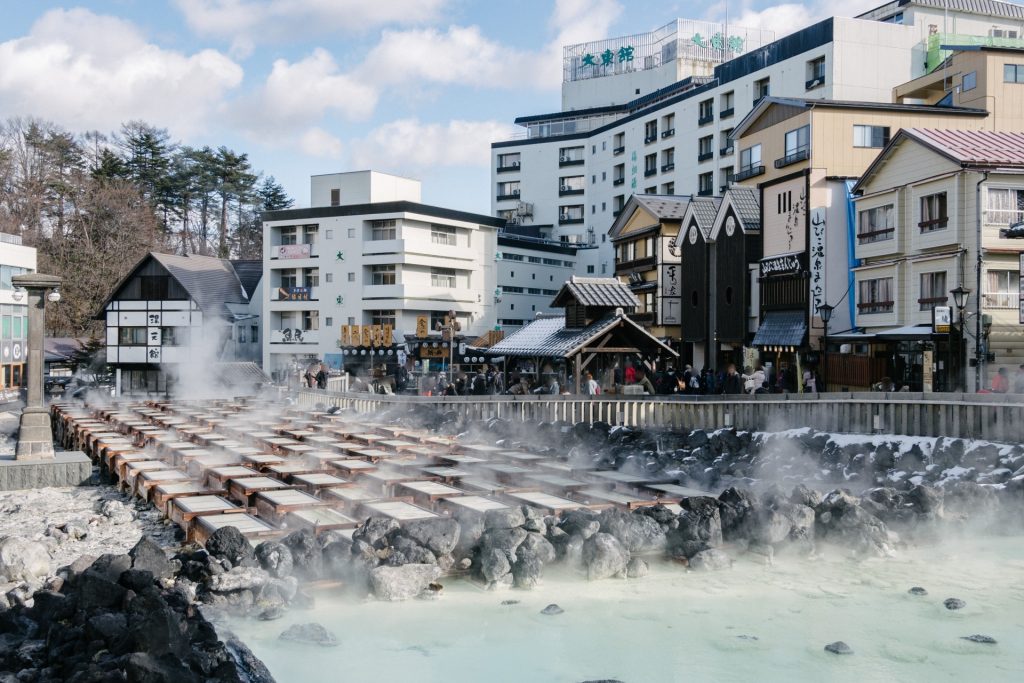
Situated around 200km to the north-west of Tokyo, Kusatsu Onsen is one of Japan’s most famous hot spring towns. At around 1200 metres above sea level and fed by the volcanic waters of Mt. Shirane. The nearby volcanic area of Shirane supplies Kusatsu with the largest volume of thermal water of any 'onsen' town in Japan. The acidic nature of the water kills bacteria and microorganisms and is said to be excellent at treating a range of ailments.
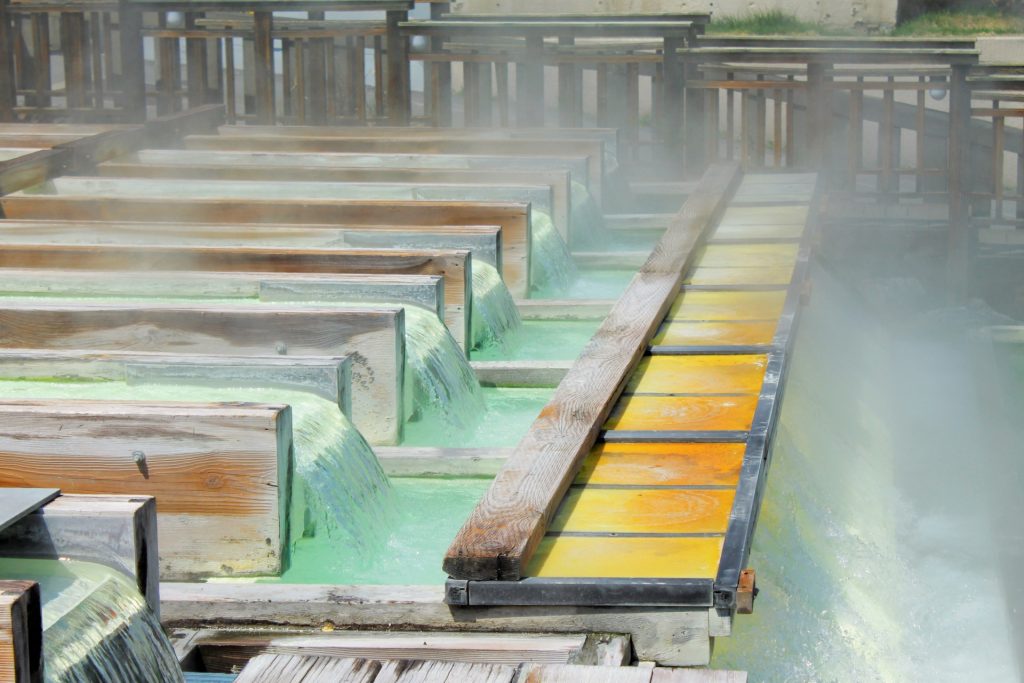
Kusatsu Onsen has home to many hotels and other accommodation, including ‘ryokan’ (traditional guesthouses) with in-house hot springs, along with 13 public onsen which can be used free of charge by residents and visitors. Some ryokan also open their hot springs for use by day-visitors during daylight hours, charging between JPY500 to JPY1500 for entry. Information regarding accommodation in and around Kusatsu Onsen can be found through our 'Kusatsu Onsen Hotel' page.
2 / KUSATSUS ONSEN'S ICONIC 'YUBATAKE' / all year round
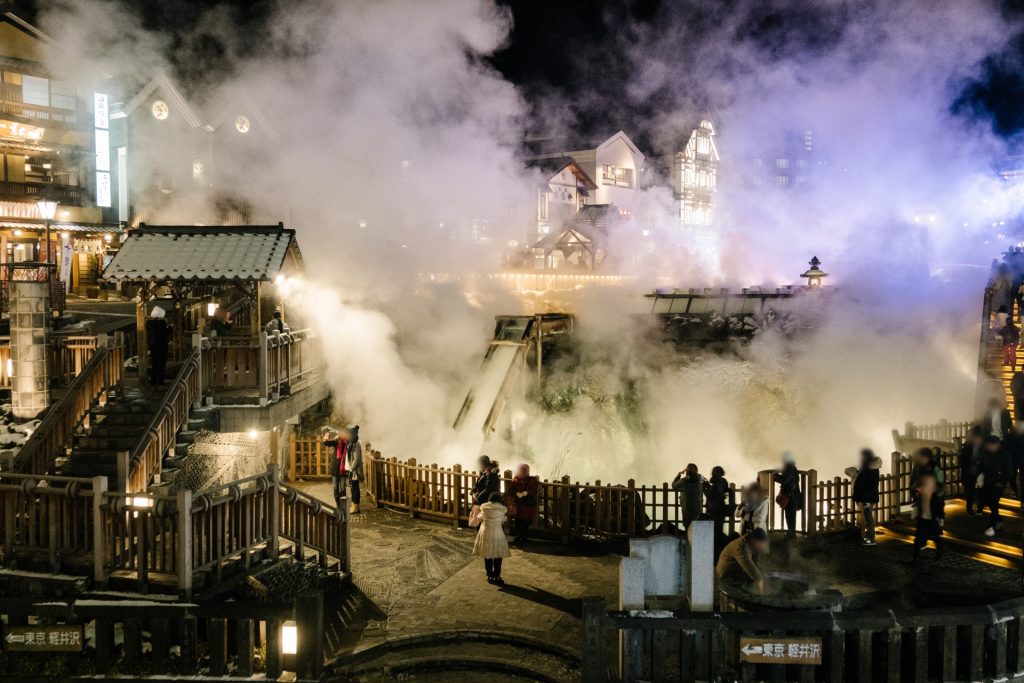
While visiting Kusatsu it won’t be hard to find the town’s ‘yubatake’. Translating as ‘hot water field’, the yubatake is an open area of timber troughs over which the town’s thermal water flows. Around 500 litres of water cascade across the yubatake every minute, and in doing so, cools from its natural 70°C to a temperature point that can be used to feed the town’s many baths. In that regard, the yubatake serves a very practical purpose however it is the grandiose and unique appearance of it, that makes it the most instantly recognisable features of almost any onsen town in Japan. Around the yubatake, many ryokan, shops and restaurants cater to the many tourists who gather to see this impressive sight.
3 / ENJOY A 'YUMOMI' PERFORMANCE / all year round
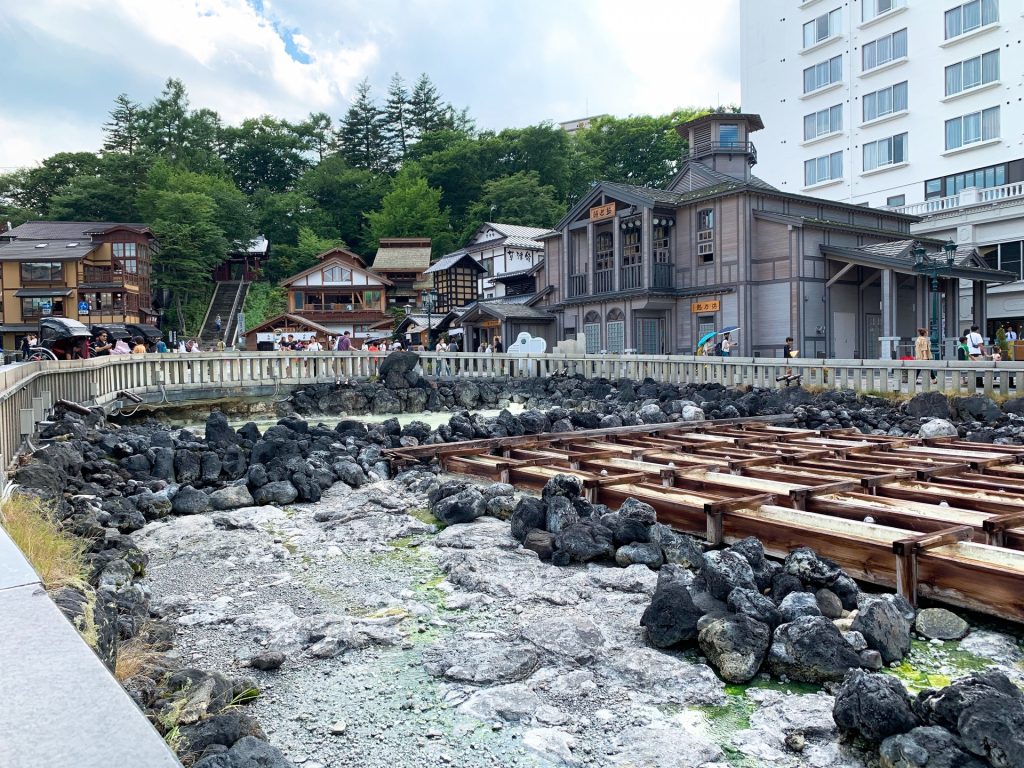
Taking place in the Netsunoyu building (pictured to the centre-right in the image above), positioned next to the yubatake, the ‘yumomi’ is a daily performance in which large wooden paddles are used to stir and thus cool the water.
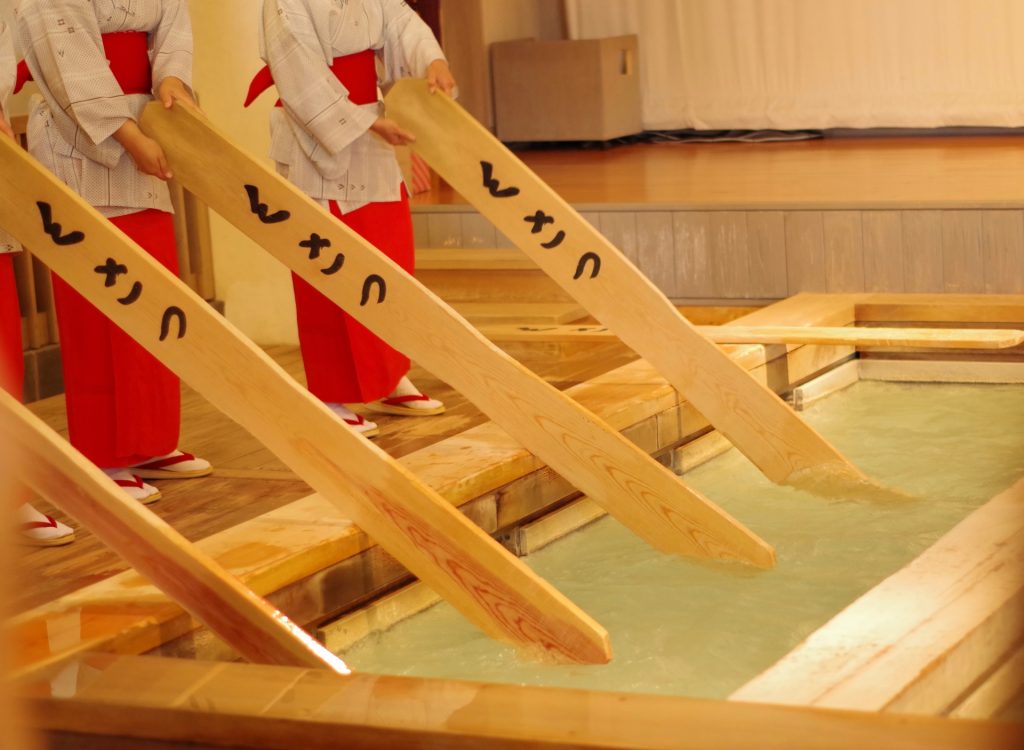
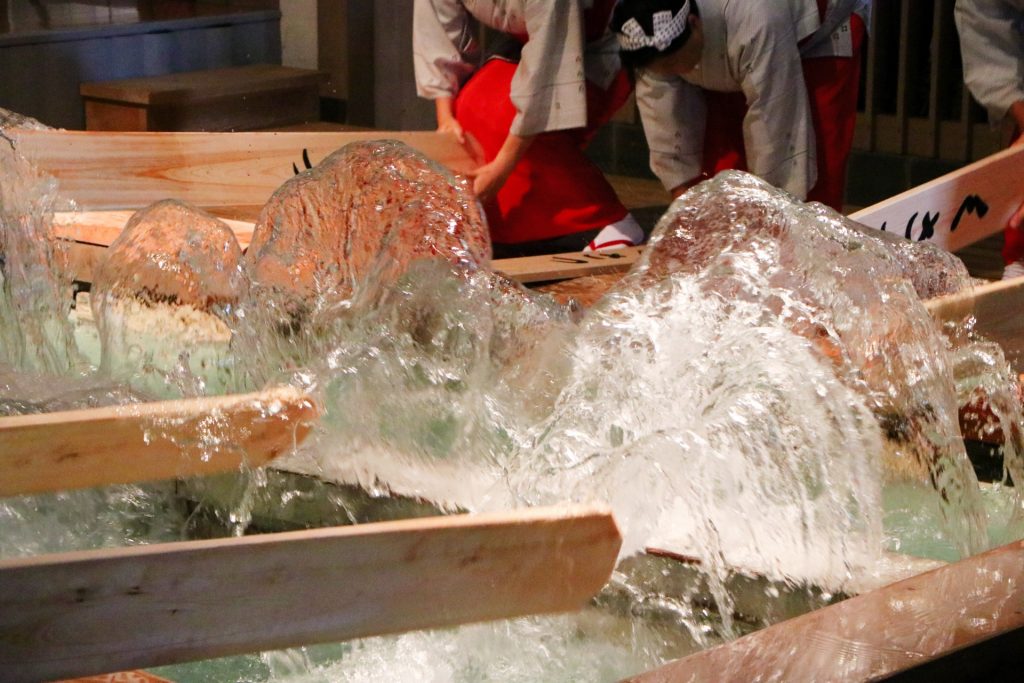
This traditional activity is undertaken by a local troupe in costume and is accompanied with folk songs and dance – a performance in every sense of the word. There are typically six daily performances taking around 30 minutes. Admission is JPY600.
4 / VISIT SAINOKAWARA PARK / all year round
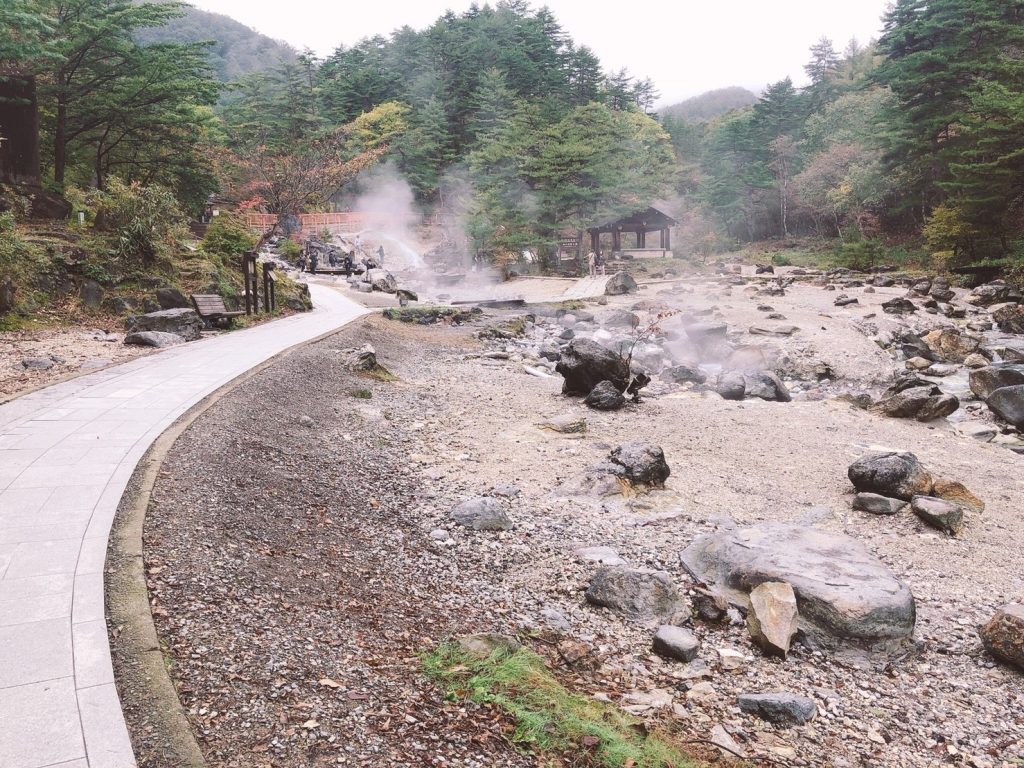
Only 10 minutes walk from the yubatake, Sainokawara Park has several thermal water sources, walking trails and a popular large outdoor bath. Open from 07:00 to 20:00 (or 09:00 to 20:00 from December to march), Sainokawara is a large facility, with space for around 100 people in each outdoor pool. Segregated by gender, admission is JPY600. Walking along the trails is a great way to relax after bathing. When doing so, look-out for water bubbling to the surfaces and streaming down rock faces in several areas.
5 / JOSHINETSU KOGEN NATIONAL PARK / best: June to November

Kusatsu Onsen lies within Joshinetsu Kogen National Park – the fourth largest national park in Japan. An area that also includes Mount Asama, the park boasts multiple ski areas within its boundary, fantastic hiking trails, a wealth of alpine flora and fauna, and on its western border, the Jigokudani Monkey Park. Kusatsu Onsen is an ideal launching point from where to explore its beautiful landscapes, something most easily done by renting your own car and drive the Shiga Kusatsu Kogen Route - see below. While the park can be enjoyed all year round, mid-November to April sees heavy snow blanket the area as the ski resorts enjoy Nagano’s longest seasons. If you want to hike or explore by car, it is best to do so from June to early November when the snow will mostly have melted.
6 / DRIVE THE SHIGA KUSATSU KOGEN ROUTE / May to November
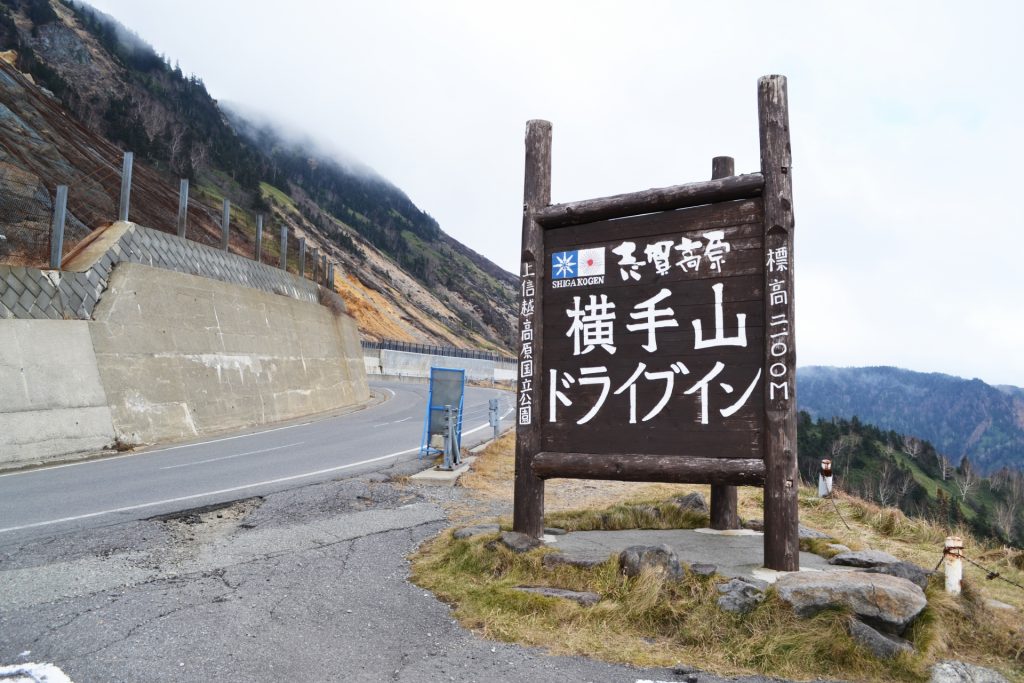
Also called the Shiga Kusatsu Road, this famous alpine route is actually part of National Route 292, connecting Kusatsu Onsen with Shiga Kogen. Due to heavy snow in winter, the road is only open between May and mid to late-November but in that time, offers drivers a beautiful drive on well-maintained roads.
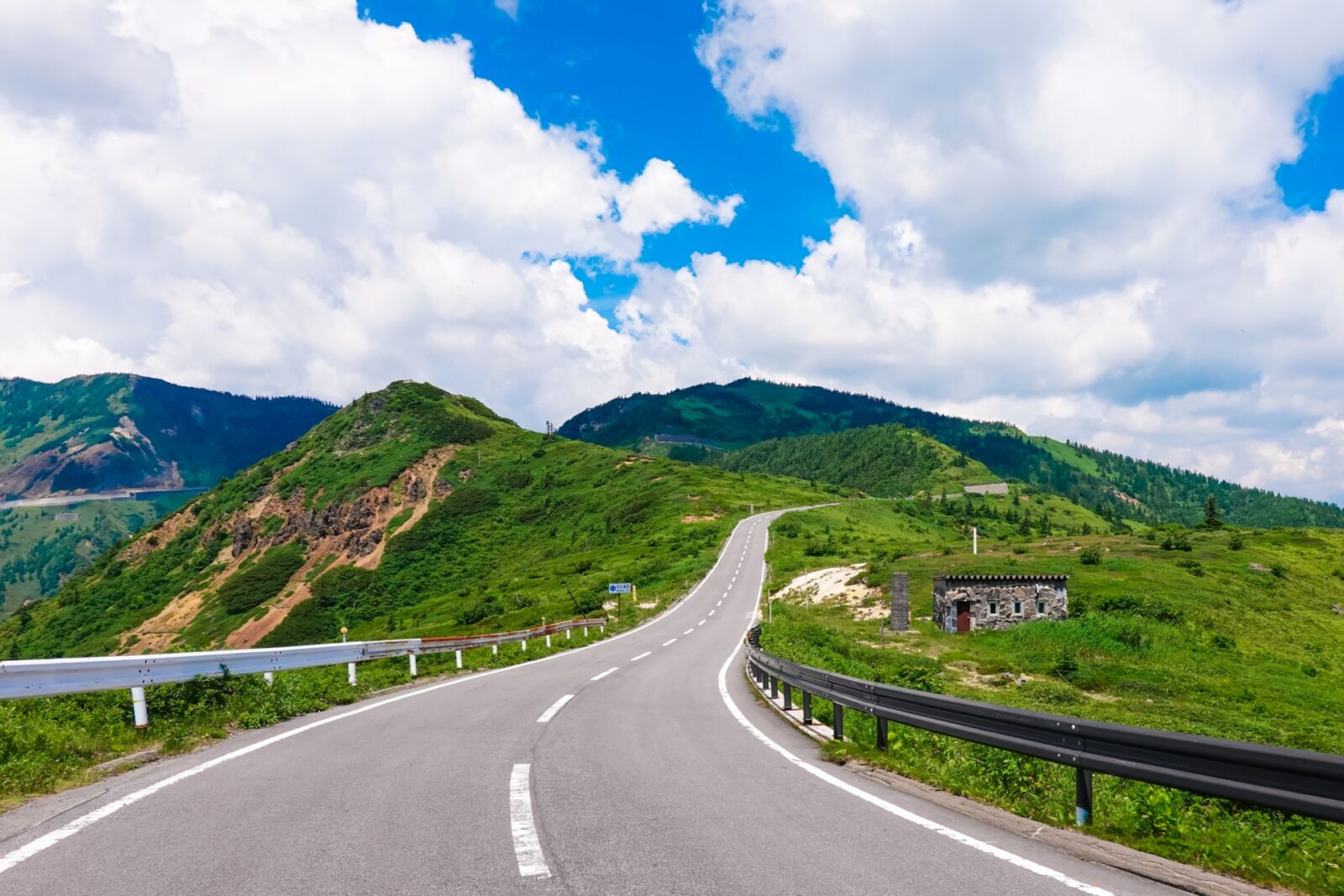
Driving the route is a great way to move to and from Kusatsu Onsen but make sure to check advisories as the road can close from time-to-time as a precaution, when activity is detected or expected at Mt. Shirane. Mt. Shirane is an active volcano and your personal safety should be your first priority. The Japan Meteorological Agency provides real-time advice and warnings for the entire country. Prior to visiting Shirane, we recommend checking the following website.
7 / SNOW CORRIDOR OF THE SHIGA KUSATSU KOGEN ROUTE / May
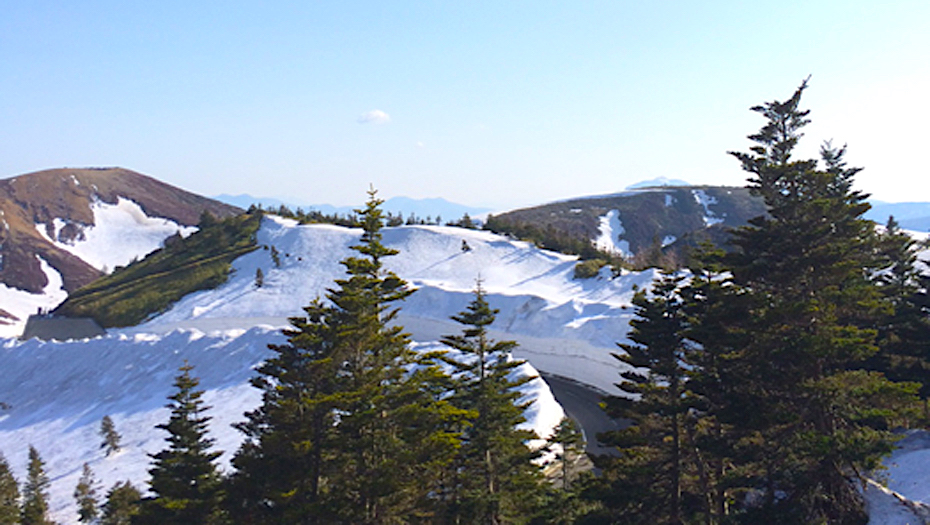
Visitors driving the Shiga Kusatsu Kogen Route as soon as it opens should be able to enjoy the sight off large snow walls rising-up above the road. Not to be mistaken with the famous Snow Walls of the Tateyama-Kurobe Alpine Route, upon opening in late-April to earl-May, the road will be carved-out from the season's snow creating snow walls of up to 7 metres. While the snow corridor of the Shiga Kusatsu Kogen Route doesn’t reach the massive heights of Tateyama – up to 20 metres – you won’t have to share these walls with masses of visitors, making it a great experience for anyone crossing the route.
8 / HIKING AROUND MOUNT SHIRANE / June to November
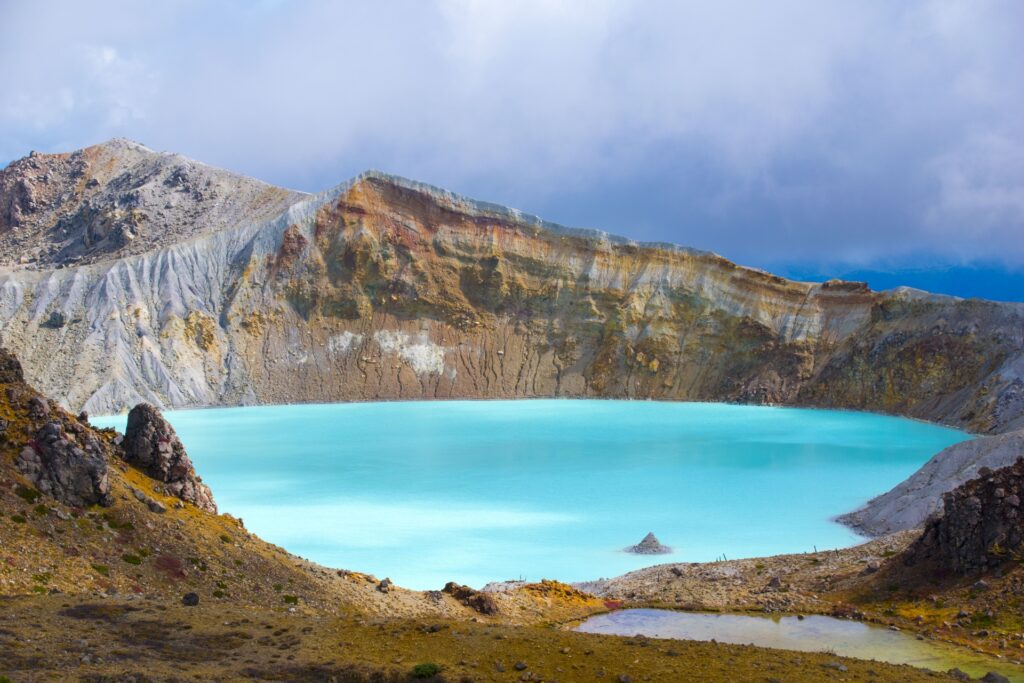
Located in the Joshinetsu Kogen National Park, Mount Shirane – often referred to as Kusatsu-Shirane – is a series of volcanic peaks, including some of the most active in Japan. At 2160 metres above sea level, Shirane is also one of the highest volcanoes in Japan and is said to hold the world’s most acidic lake in the Yugama crater. Reading this you may well ask, why go there? While you should always exercise caution and check advisories before visiting, Mt. Shirane is well-worth visiting for its dramatic yet fertile landscape through which, several excellent hiking trails cross.
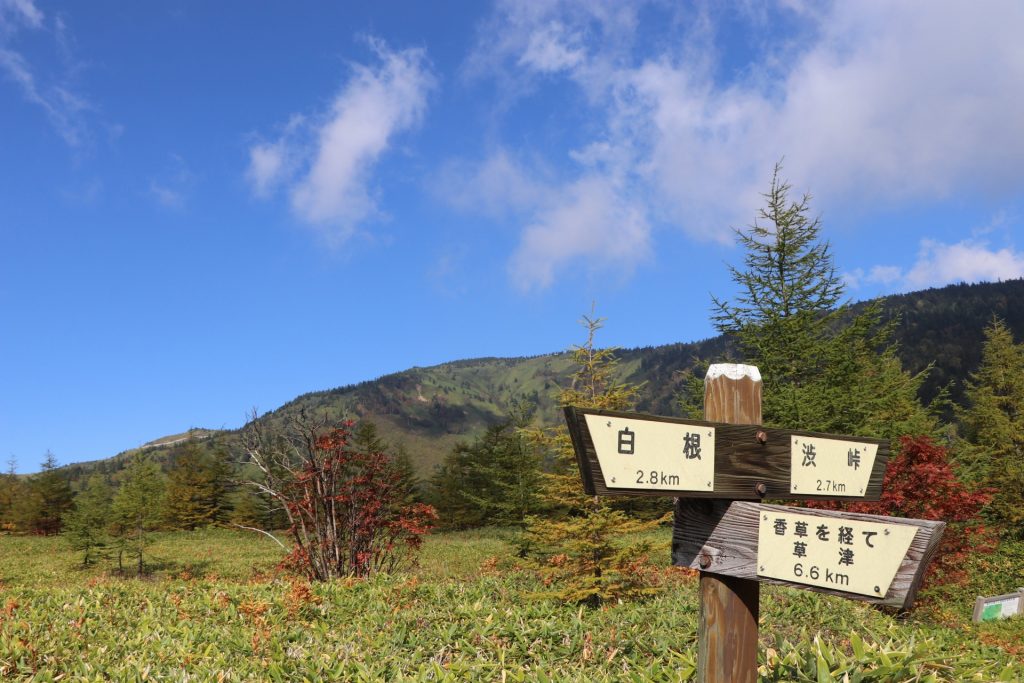
From mid-April to early-November, buses run every hour or two from the Kusatsu Bus Terminal and take approximately 30 minutes / JPY1130 one-way to reach Shirane. Mt. Shirane is an active volcano and your personal safety should be your first priority. The Japan Meteorological Agency provides real-time advice and warnings for the entire country. Prior to visiting Shirane, we recommend checking the following website.
9 / SHIGA KOGEN SKI RESORT / late-November to April
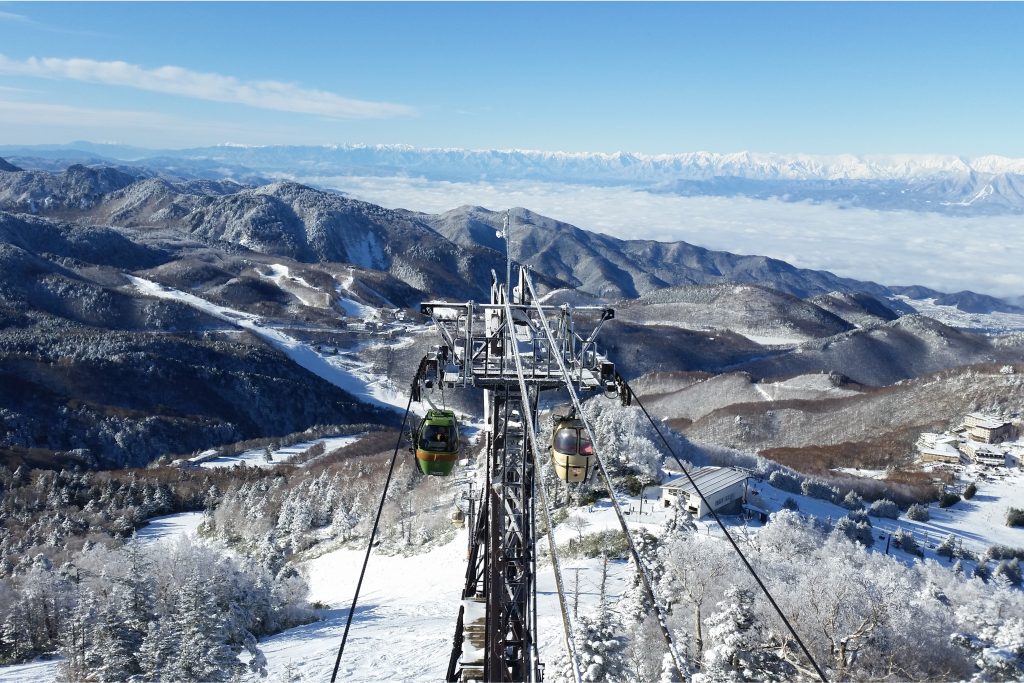
Nestled within Joshinetsu Kogen National Park, Shiga Kogen is Japan’s largest and highest ski resort, boasting an unmatched expanse of interconnected terrain and Nagano’s longest ski season. Comprising 18 ski areas and between 90 to 100 courses (depending on how you count them) the entire resort is covered by an all-mountain pass and best enjoyed on a multi-day visit. Shiga’s ski fields lie between 1340 and 2307 metres and as such, are notably higher than any other resort in the region.
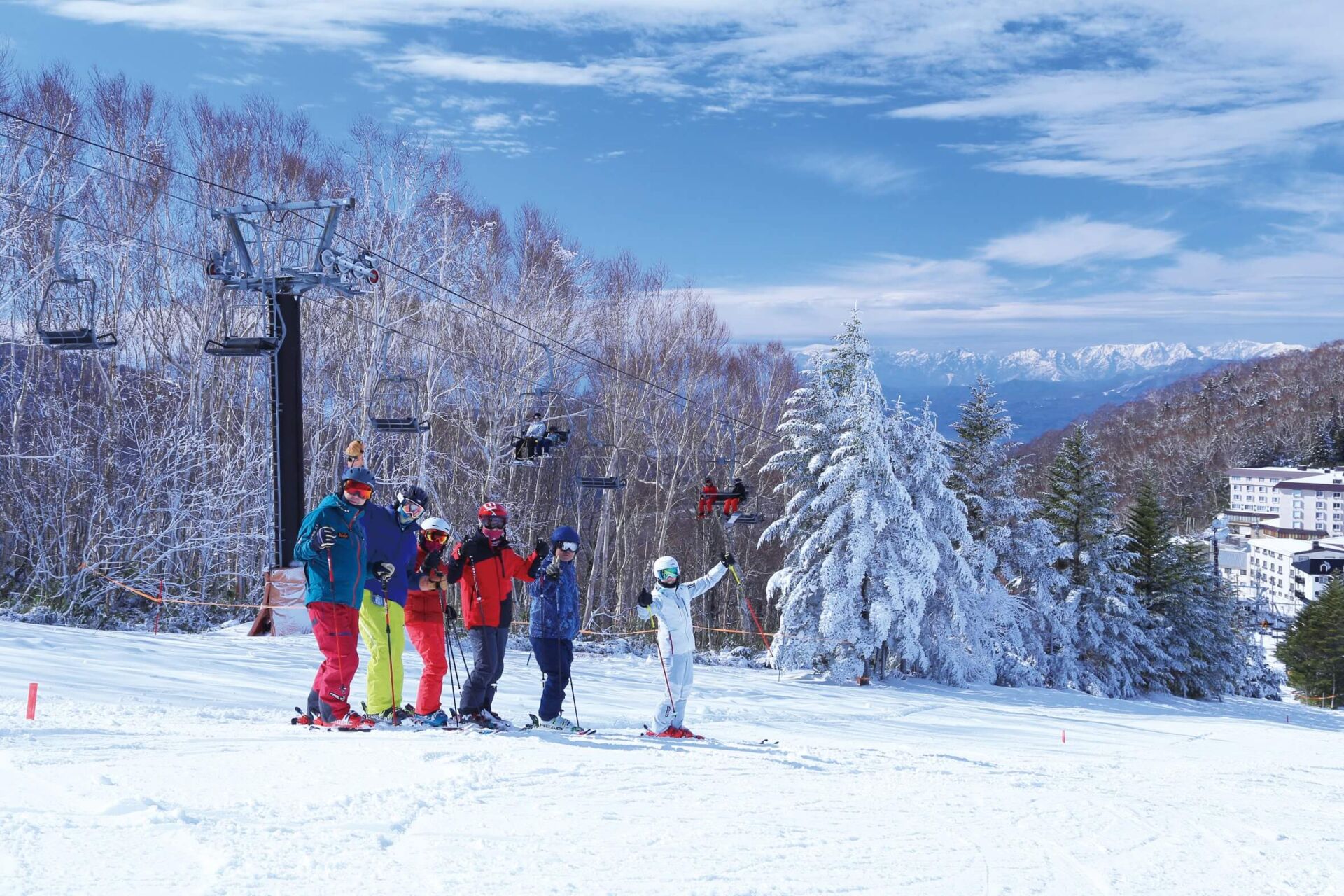
Having hosted events during the 1998 Winter Olympic Games, Shiga Kogen hasn’t seen much development in recent years. While some areas look a little tired and are in need of updating, the resort retains its Japanese and distinctly local character. But don’t count on that remaining the case. Winter 2020/21 will bring the opening of the new ‘Pulse’ Gondola at Shiga Kogen Yamanoeki (Mountain Station), a sign that things are changing and the resort is about to become a whole lot more popular as more and more people discover Shiga Kogen – Japan’s largest and highest ski resort.
10 / ENJOY NAGANO'S OTHER FANTASTIC RESORTS / December to March
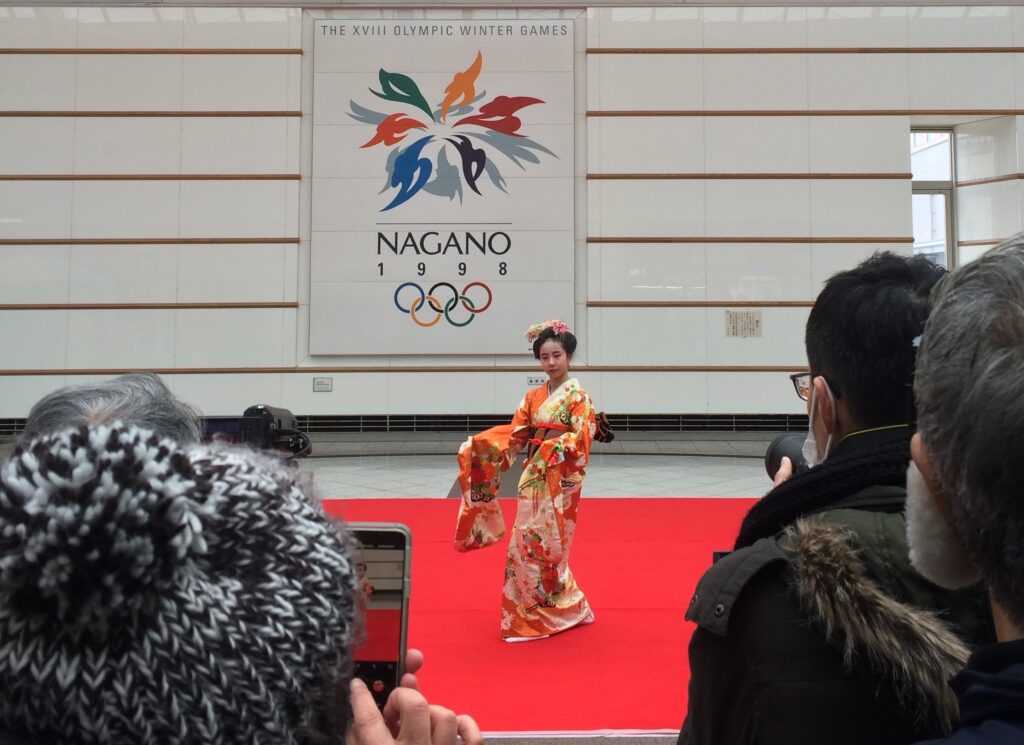
Immediately accessible from the town centre, Kusatsu Onsen Ski Resort is actually one of the highest resorts in Japan. It is also a small one meaning that it won’t keep anyone other than newbies entertained for long. From Kusatsu, you are within easy reach of the resorts of Nagano. As host of the 1998 Winter Olympic Games, Nagano is proud of its Olympic heritage. Events were spread across different resorts across the region and at several venues in Nagano City. Nagano is home to around eighty ski resorts however only a few were lucky enough to host events including Hakuba Happo One. Several events took place in and around Happo One, establishing Hakuba's global profile.
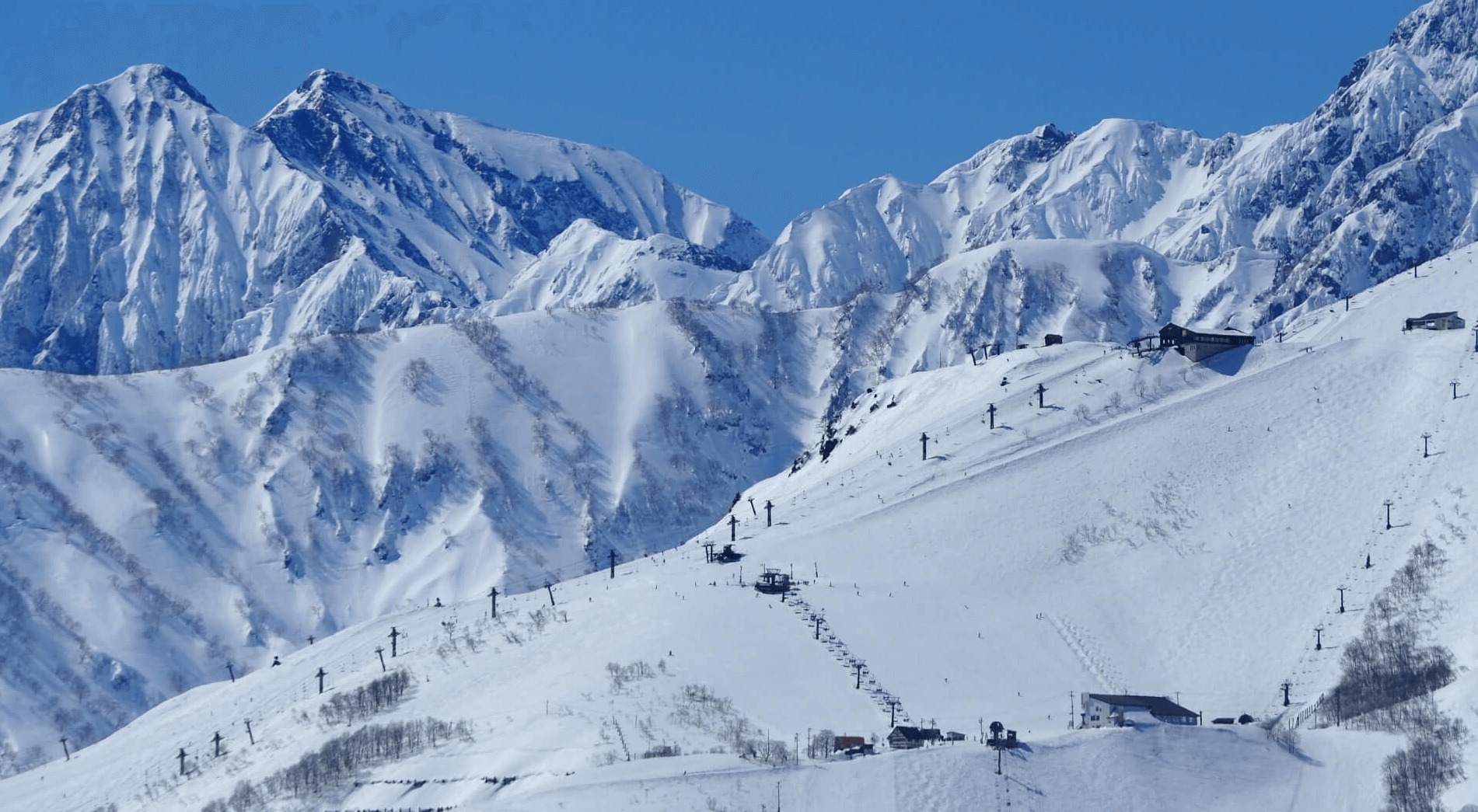
To this day, the resorts of Hakuba can lay claim to being Nagano's most international and popular. Plenty to keep you entertained on your winter adventure! Less than an hours drive from Shiga, Nozawa Onsen is another resort to have hosted Olympic events and one of Nagano’s most popular resorts - offering skiers and boarders around 300 hectares of train between 565 and 1650 metres. These are just a couple of the many resorts to choose from.
11 / HIKING IN SHGA KOGEN / June to November
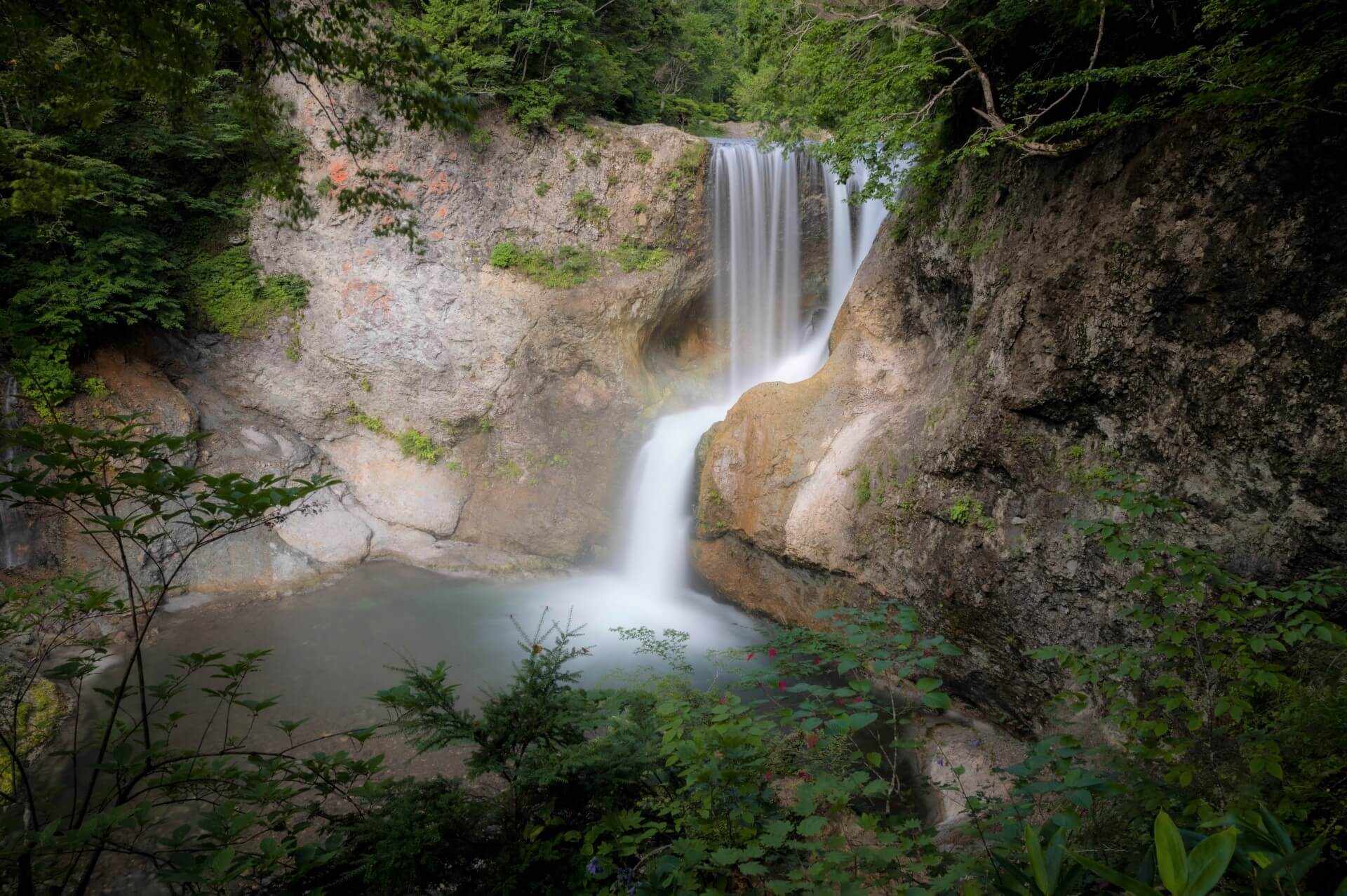
Most famous for its winter, Shiga Kogen is quickly becoming popular as an all-year-round destination. Nestled in the Joshinestu Kogen National Park, Shiga actually sits within the same geographic territory as Kusatsu and Mt. Shirane, along with Manza Onsen, Shima Onsen and Mt. Asama (as described below). As the snow melts through spring, the valleys and mountains of Shiga Kogen open-up and offer great hiking and mountaineering. Declared a UNESCO Biopshere Reserve in 1981, Shiga is home to important alpine flora and fauna, typified by an extensive ecosystem of alpine ponds, lakes and marshes.
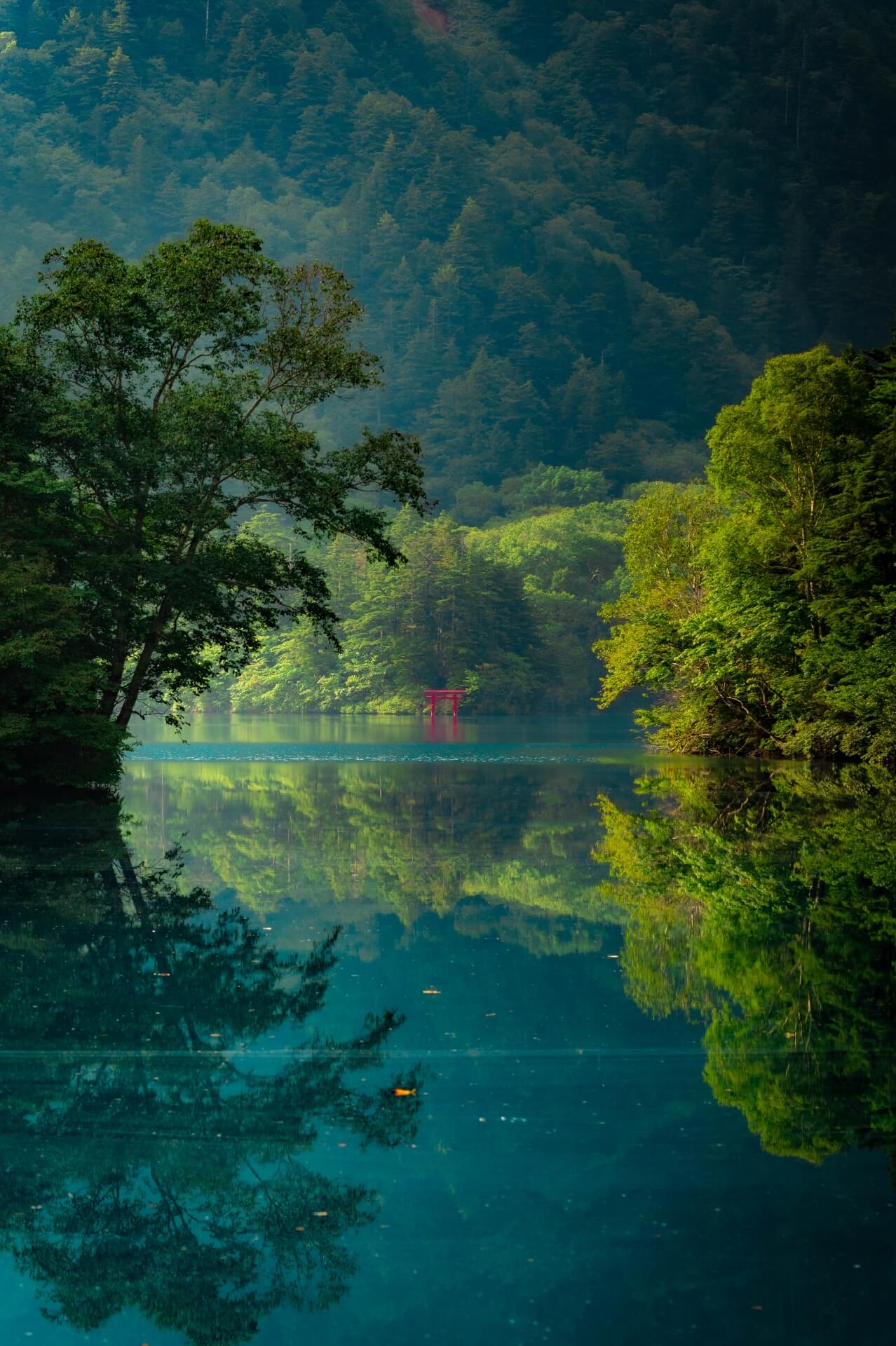
In autumn, Shiga Kogen is one of the best areas to enjoy the region's autumn leaves. Shiga Kogen and nearby Kita-Shiga Kogen are located in the broader area of Yamanouchi. Also including the Jigokudani Monkey Park and multiple hot spring towns, Yamanouchi has lots to offer! For further information, please see our 'Explore Yamanouchi - Home of the Snow Monkeys' page.
12 / JIGOKUDANI MONKEY PARK / all year round
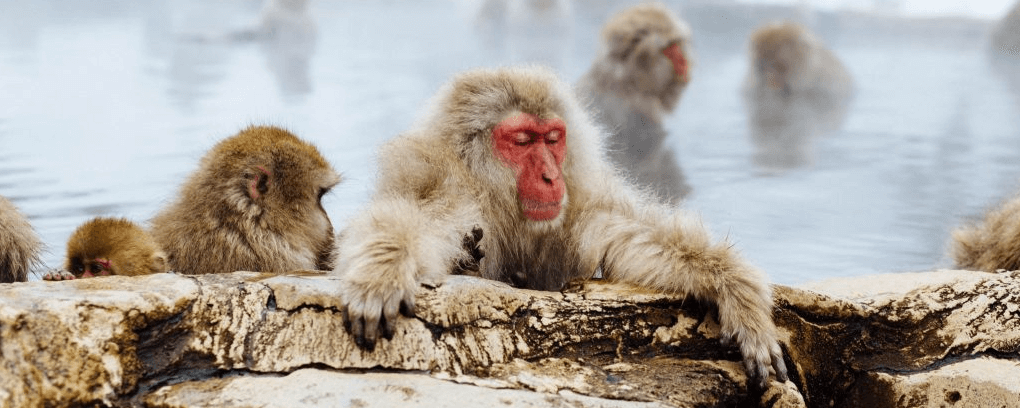
Located at the base of Shiga Kogen and in the foothills of Joshinetsu Kogen National Park, the Jigokudani Monkey Park is one of Central Japan’s most well-known destinations. At its most popular through the snow of winter, the park is in fact open all year round. The monkeys – known for their hot spring-bathing antics – come to the park all year round with each season offering its own reasons to visit. Known fondly as ‘snow monkeys’, they are in fact there all year round with spring, summer and autumn each providing their own reasons to visit to the park.
13 / YUDANAKA & SHIBU ONSEN / all year round
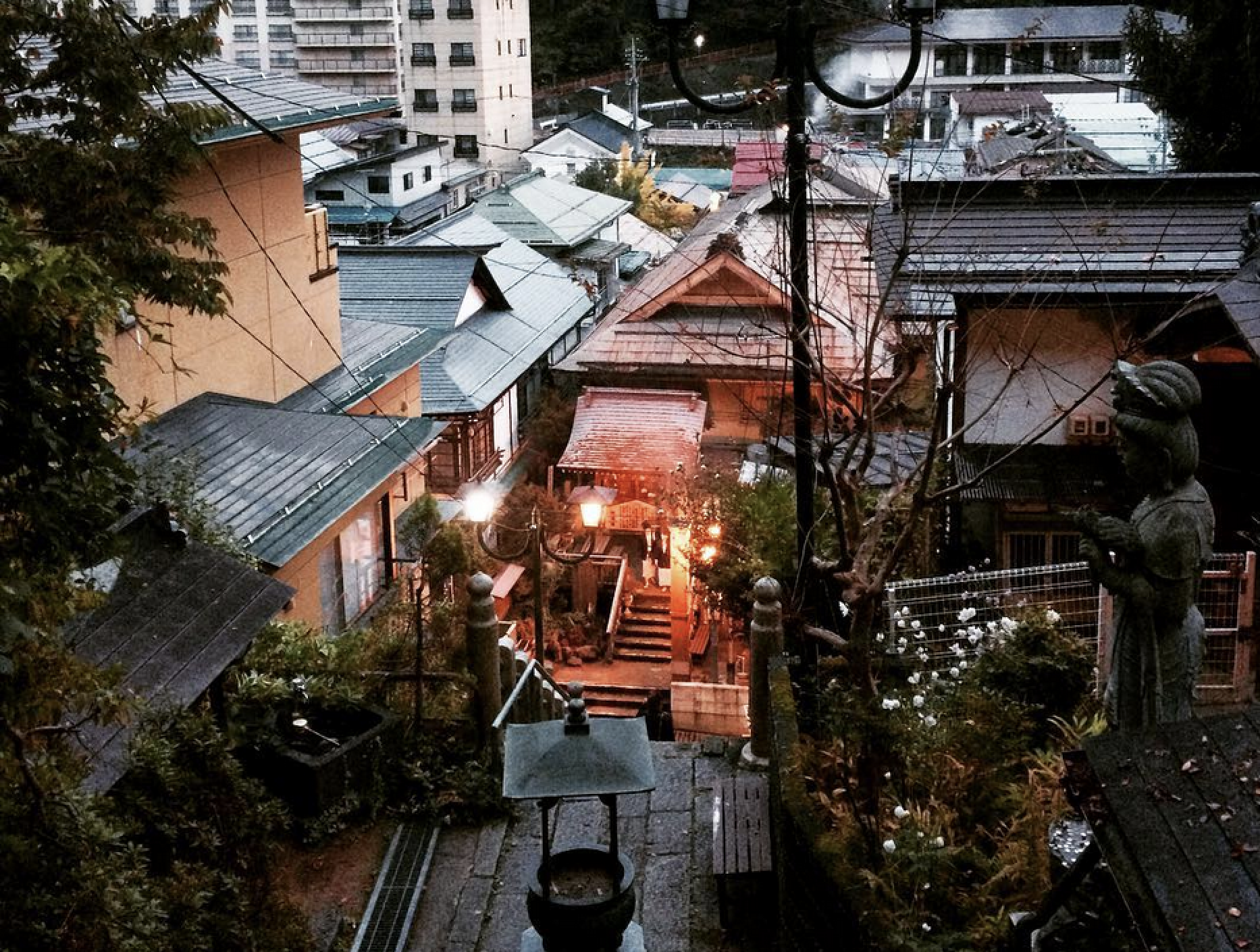
Located in the Yamanouchi area and nearby the monkey park, Shibu Onsen is a quaint hot spring town boasting a 1300-year history. Home to numerous 'ryokan' (traditional guesthouses) with their own in-house onsen, Shibu is famous for its nine 'public' onsen spread through the town. Although called public, all but one of the hot springs is for the exclusive use of guests staying at any of the towns guesthouses.
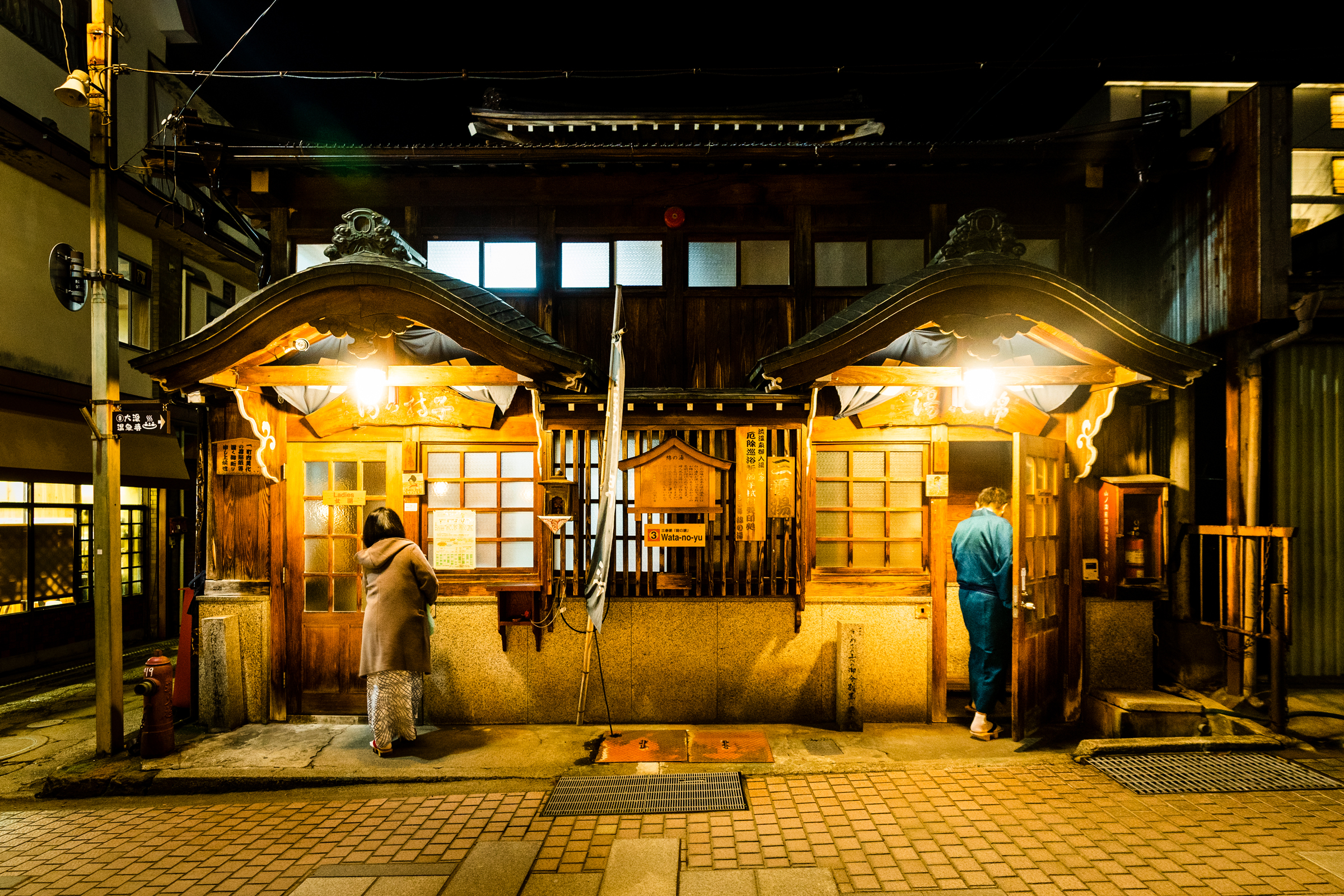
Upon check-in, all guests are given a key which unlock each bathhouse, each said to treat different ailments. Trying all nine onsen - an effort known as the 'kyu-to-meguri' is a fun activity, especially in the cold and snow of winter. While there, look-out for the separate troop of monkeys which likes to regularly visit the town.
14 / MANZA ONSEN / all year round
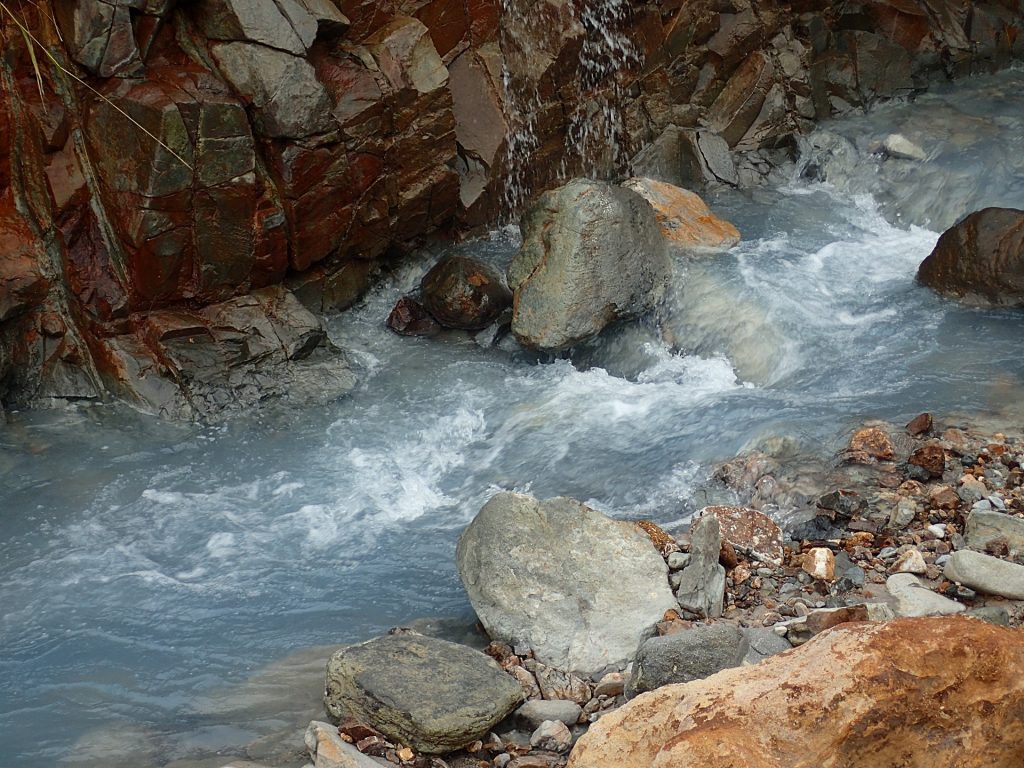
Located nearby Kusatsu Onsen, Manza Onsen is another unique – but notably smaller – hot spring village known for its distinctive volcanic water. With a slightly lower altitude of around 1800 metres, Manza is set in a dramatic yet beautiful alpine landscape blessed with abundant thermal water. Much like Kusatsu, Manza’s water Is known for its highly acidic and curative properties. A range of hotels and ryokan provide a good amount of accommodation options in the area.
15 / VISIT KARUIZAWA / all year round
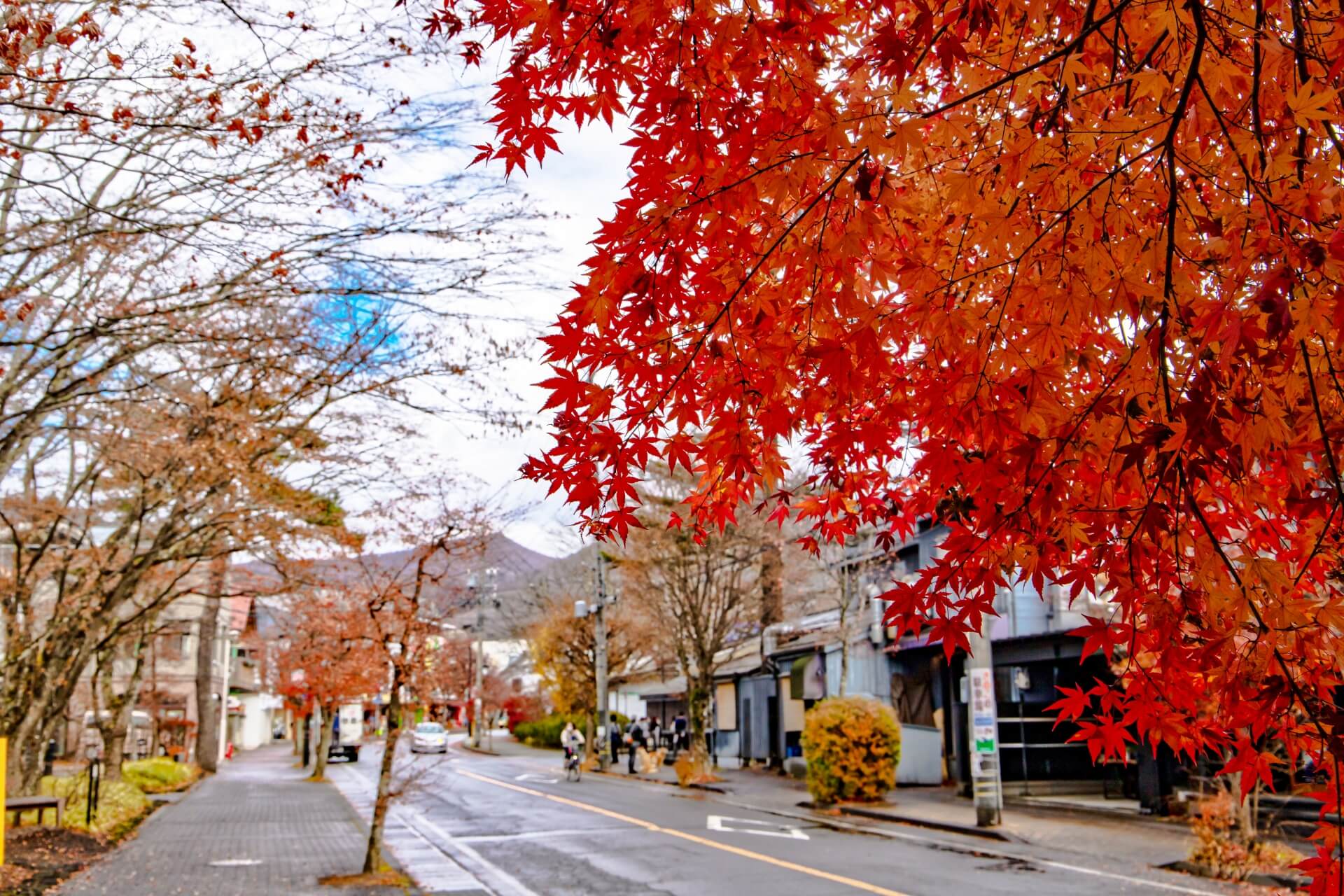
Around 70-minutes drive to the south of Kusatsu Onsen, Karuizawa is one of Japan's oldest and most famous mountain resort towns. Known for its shopping outlets, fine dining, museums, galleries and high-end accommodation, Karuizawa is popular with Tokyoites who head there throughout the year but especially in summer, when the cool mountain climate offers a welcome escape from the heat and humidity of the city. Also famous for its beautiful autumn leaves, Karuizawa can be reached using local bus services from Kusatsu Onsen.
16 / KARUIZAWA PRINCE SHOPPING PLAZA / all year round
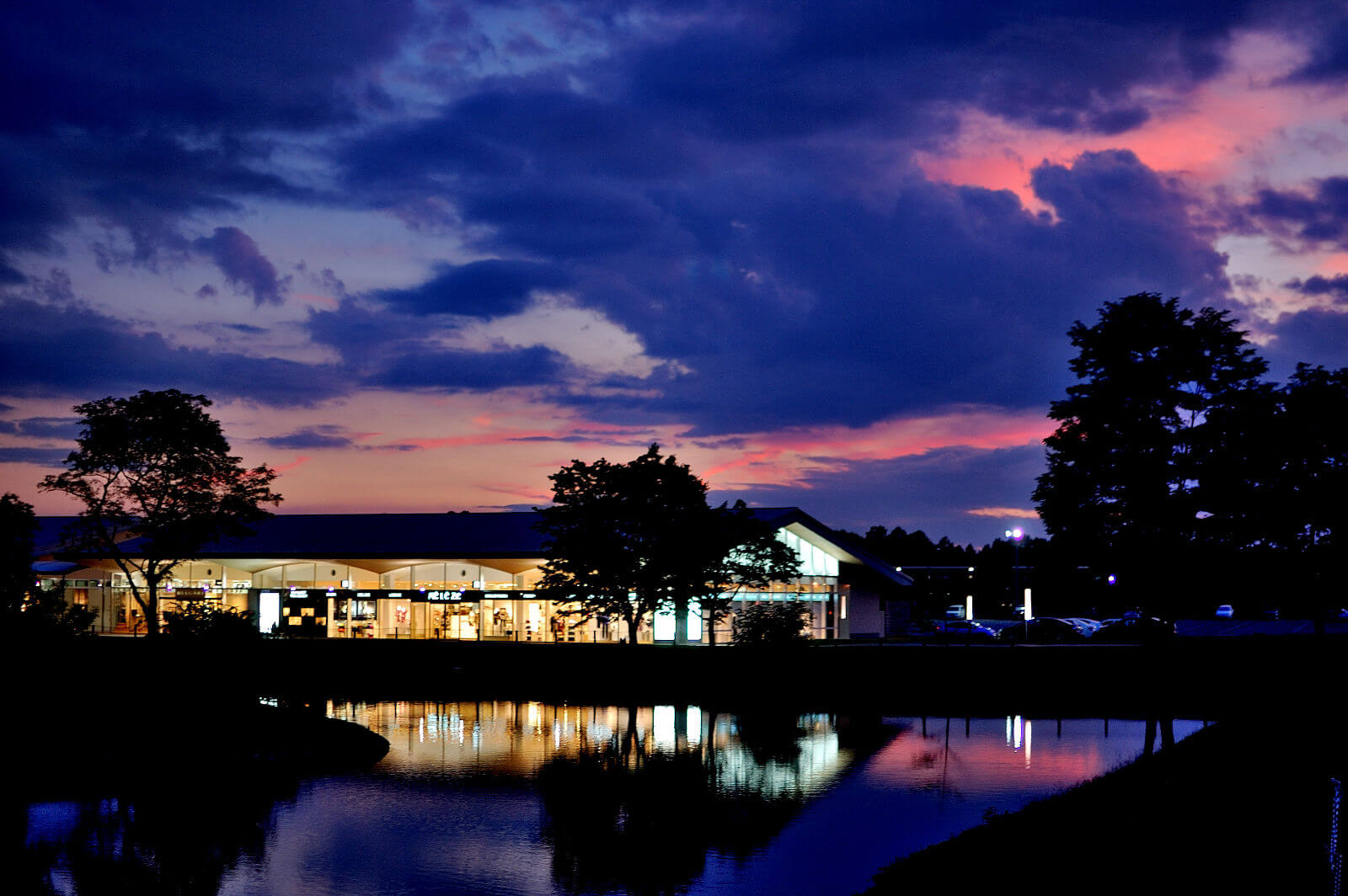
Immediately accessible from Karuizawa Station, Karuizawa Prince Shopping Plaza is one of Japan's largest and best-designed shopping complexes. Popular with both Japanese and international visitors, the expansive area is spread over 26 hectares and divided into six areas. More than 200 stores – including many international fashion brands – along with restaurants and landscape outdoor areas, make the plaza an enjoyable destination for avid shoppers. The Karuizawa Prince Hotel West and East are also immediately accessible from the shopping plaza – a comfortable and convenient base from which to enjoy everything Karuizawa has to offer.
17 / OLD KARUIZAWA GINZA SHOPPING STREET / all year round
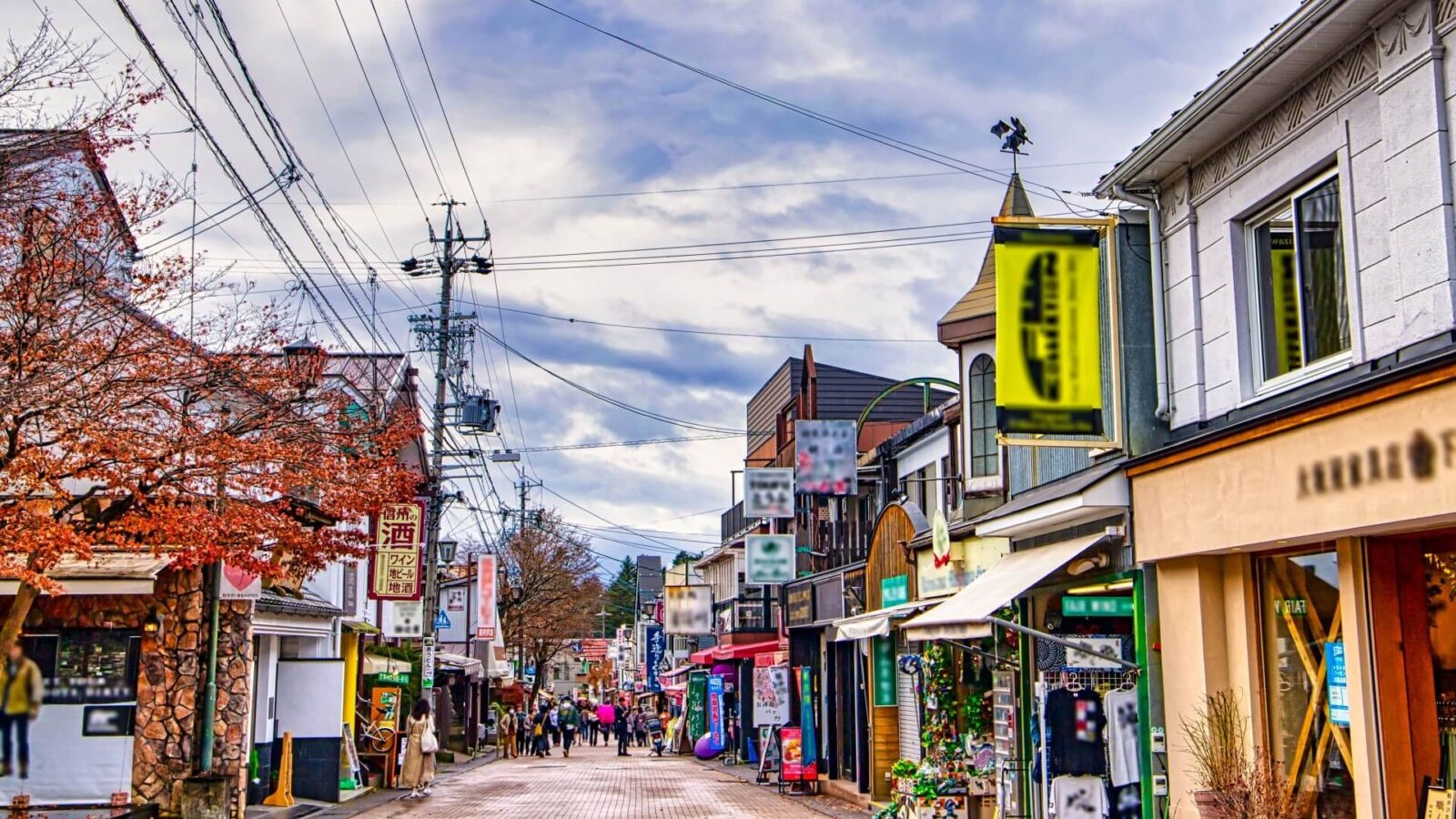
Whilst the Prince Shopping Plaza offers the very best in modern conveniences, maybe you’re looking for something a little more ‘old school’ and authentic? If that’s the case, then you need look no further than Old Karuizawa Ginza Shopping Street. Whilst much of Karuizawa has undergone a certain level of renewal and urbanization in recent times, the Ginza Shopping Street has, thankfully, remained unspoiled. Indeed the street continues to enjoy international recognition to this day, thanks to the vote of confidence it received from The Beatles’ John Lennon, when he visited it during one of his many trips to Japan alongside his partner Yoko Ono. However, you don’t need to be one of the all-time legends of popular music to enjoy this charming little area. Among the handicraft shops, various other homemade goods and local fashion stores, you will also find some great little cafes, where you can sit back, relax and “imagine” a world of possibilities.
18 / SHIRAITO FALLS / best: May to November
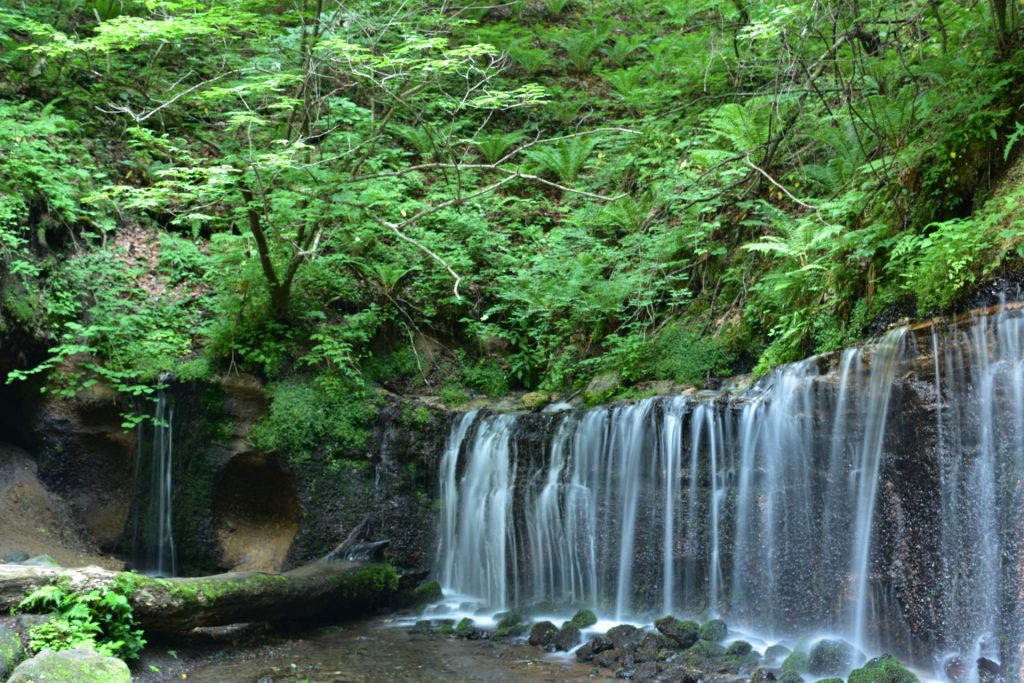
Also located in Karuizawa, Shiraito Falls is a three meter high waterfall, spanning some seventy meters across. The name ‘Shiraito’ literally translates into English as ‘White Threads’ which is quite appropriate when you see how the wispy, white waters of the falls mingle and coalesce as they fall into the lake below. The falls are open to the public all year round, but it is debatable as to when is actually the best time to go there. Many say that summer is the best, when the lush vegetation surrounding the falls is at its peak while others prefer the coloured beauty of autumn. There is a direct bus that leaves every 30 minutes or so from Karuizawa Station and takes about 25 minutes to reach the falls. Get off at Shiraito-no-Taki bus stop and the falls are about 5 minutes away on foot.
19 / MOUNT ASAMA & ONIOSHIDASHI VOLCANIC PARK / all year round
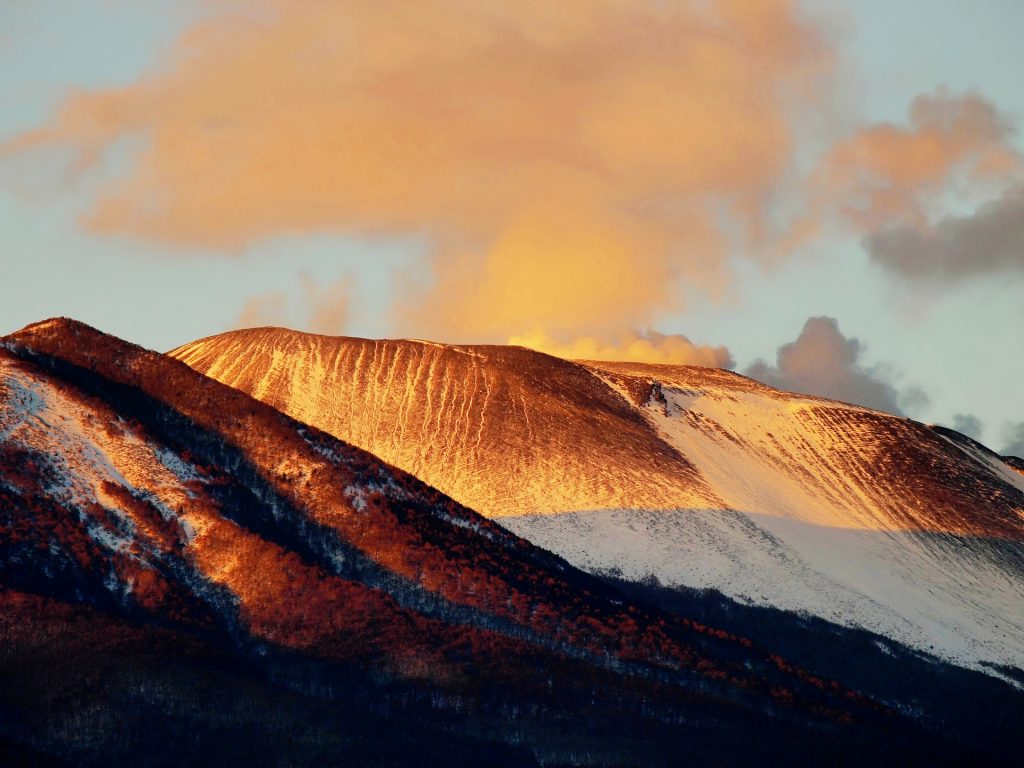
Said to be the most active volcano on Honshu – Japan’s main island – Mt. Asama is one of the few mountains in the country that people are not allowed to climb. At 2568 metres above sea level, Asama broods at the southern end of the Joshinetsu Kogen National Park – a constant presence looming over the popular resort town of Karuizawa. While this may again seem all a little off-putting, Mt. Asama is a striking destination best experienced at Onioshidashi Volcanic Park. Located nearby the volcano, the natural 'park' – made-up of huge boulders spread across a vast area – was created when Asama experienced its last cataclysmic eruption in 1783.
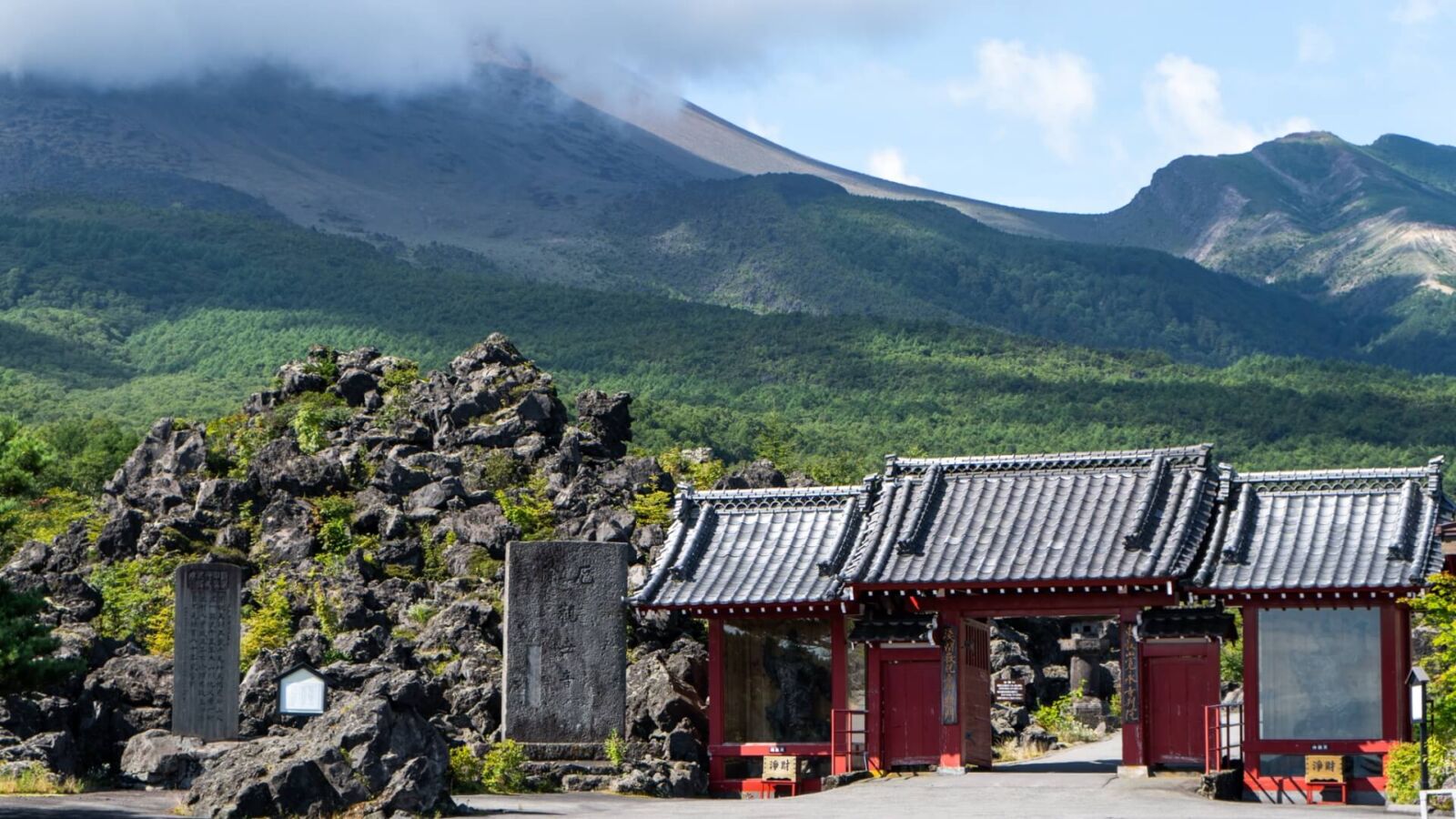
Walking trails now meander between the boulders making-up both short and long walking circuits. Thriving within and on those boulders, countless varieties of rare and unique alpine plants grow in an other-worldly landscape. Open daily from 08:00 to 17:00, entry to the park is JPY650. Public buses from Karuizawa Station take around 20 minutes / JPY460 to reach Onioshidashi.
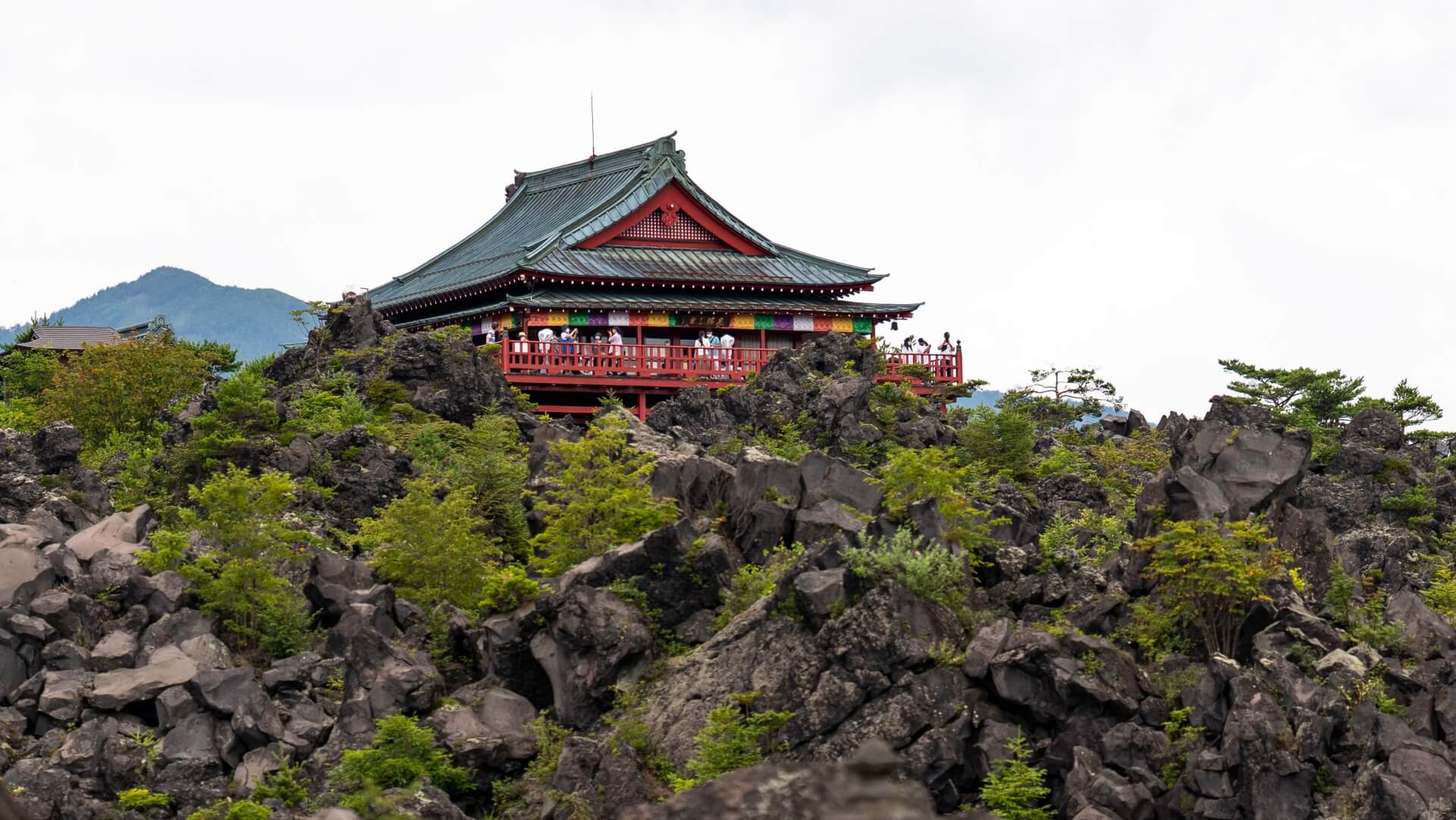
While the Onioshidashi may not be easily accessible if you don't have car, luckily we offer a tour that will bring you straight there along the way to Kusatsu!
Mt. Asama is an active volcano and your personal safety should be your first priority. The Japan Meteorological Agency provides real-time advice and warnings for the entire country. Prior to visiting Asama / Onioshidashi Park, we recommend checking the following website.
20 / MINAKAMI ONSEN / all year round
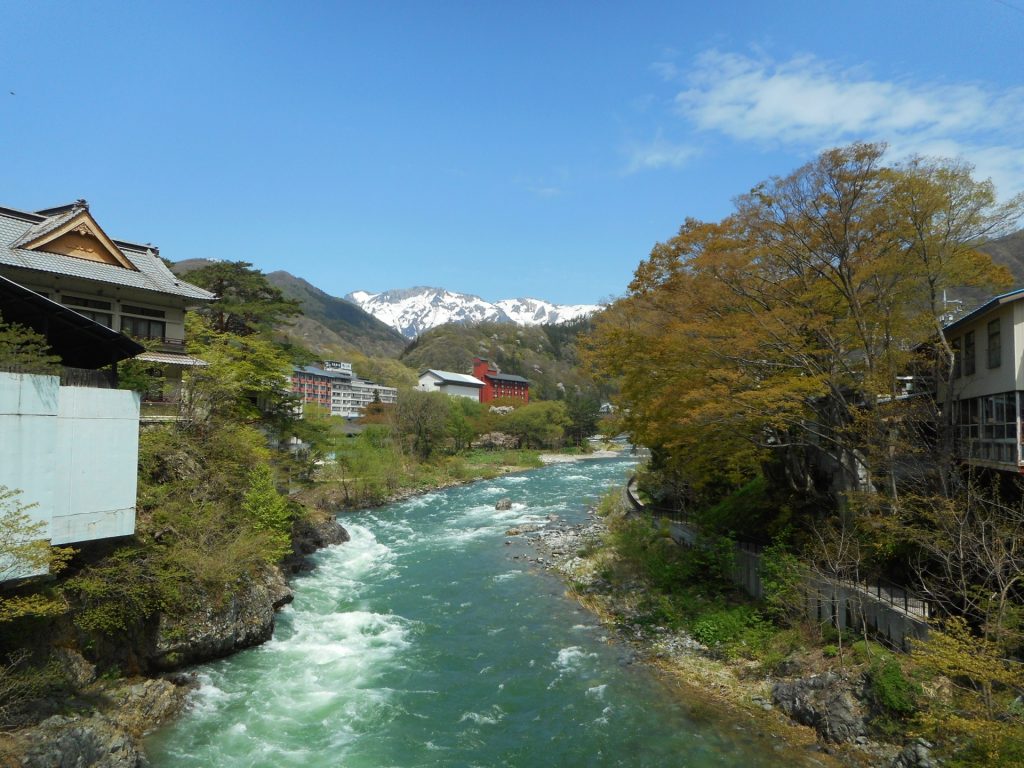
Along with Kusatsu Onsen, Ikaho Onsen and Shima Onsen (described below), Minakami Onsen is considered one of Gunma’s four best hot spring towns. Accommodation ranges from large hotels to family-run ryokan, catering to all tastes and needs. Most accommodation reserve their hot springs for the exclusive use of guests however, much like Kusatsu, some do allow use by day-visitors for between JPY500 to JPY1500. Another quaint town set amongst a beautiful natural setting, visitors to Minakami will quickly feel refreshed and relieved to be away the hustle and hassle of daily life.
21 / IKAHO ONSEN / all year round
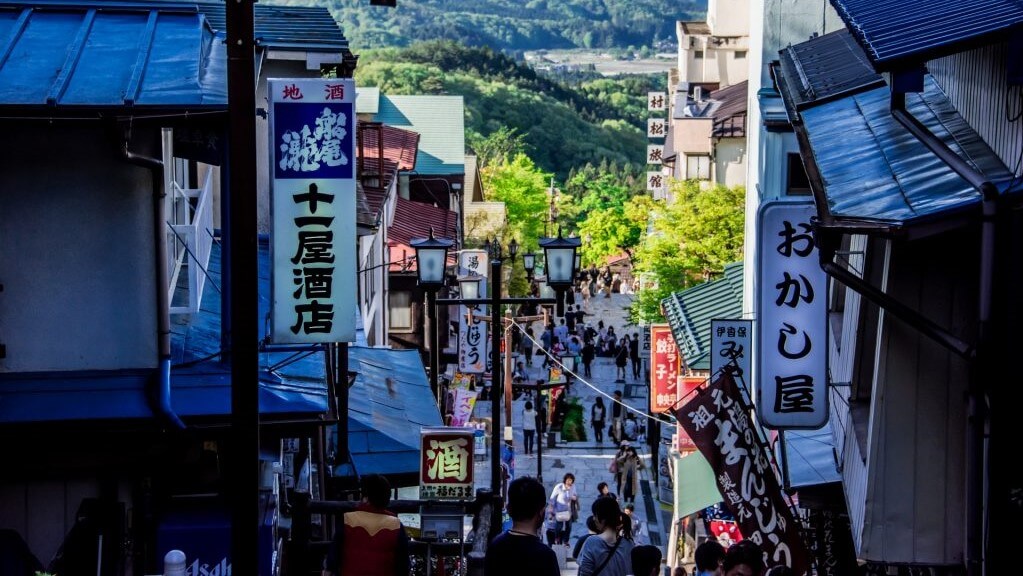
Another great hot spring town, Ikaho Onsen is located on Mt. Haruna and is known for its iron-rich waters. Home to many guesthouses and onsen, Ikaho is known for its 300-metre long stone path leading through the town. Either side of the street, traditional guesthouses, shops, restaurants and old-fashioned games parlours create a quaint atmosphere typical of an old hot spring town. Well-known for Japanese but less so for international visitors, it’s well-worth getting on the beaten path and making your way to Ikaho Onsen.
22 / SHIMA ONSEN / all year round
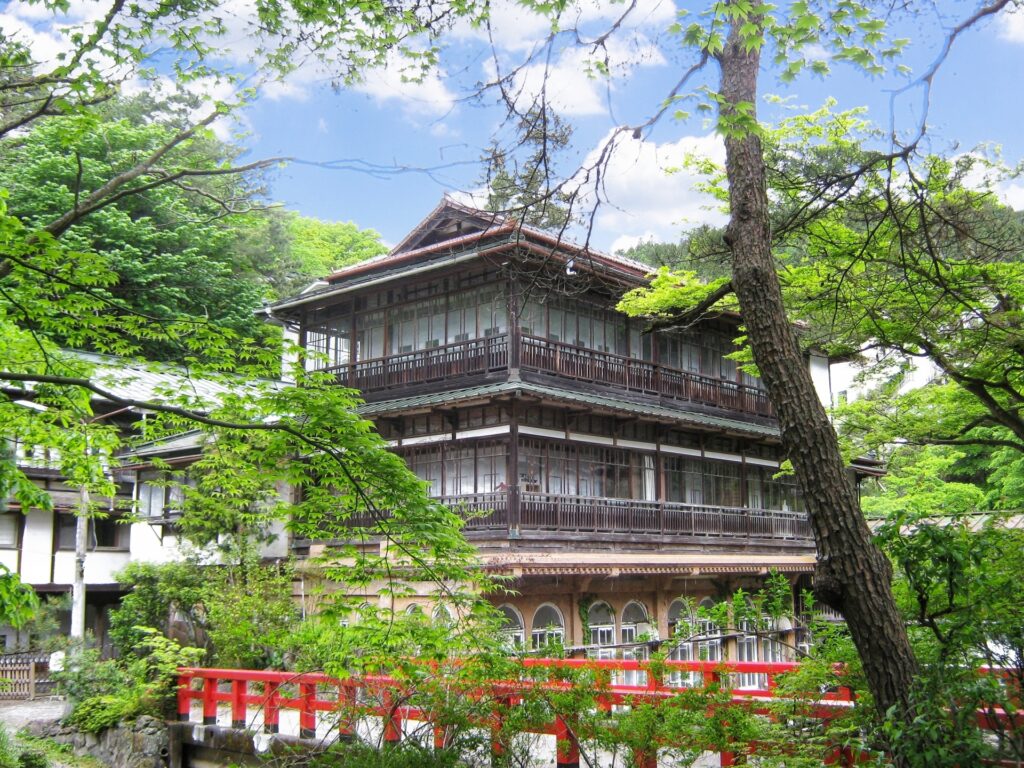
Believed to be one of the oldest hot spring towns in Japan, Shima Onsen is blessed with more than forty water courses and is home to many excellent 'ryokan' (traditional guesthouses). Nestled in a beautiful valley, visitors can enjoy a tranquil getaway in this quaint, traditional town. Spread along the Shima River Valley, it’s a pleasant town to explore on-foot before retiring to your guesthouse for dinner and evening hot spring.
23 / TOMIOKA SIK MILL / all year round
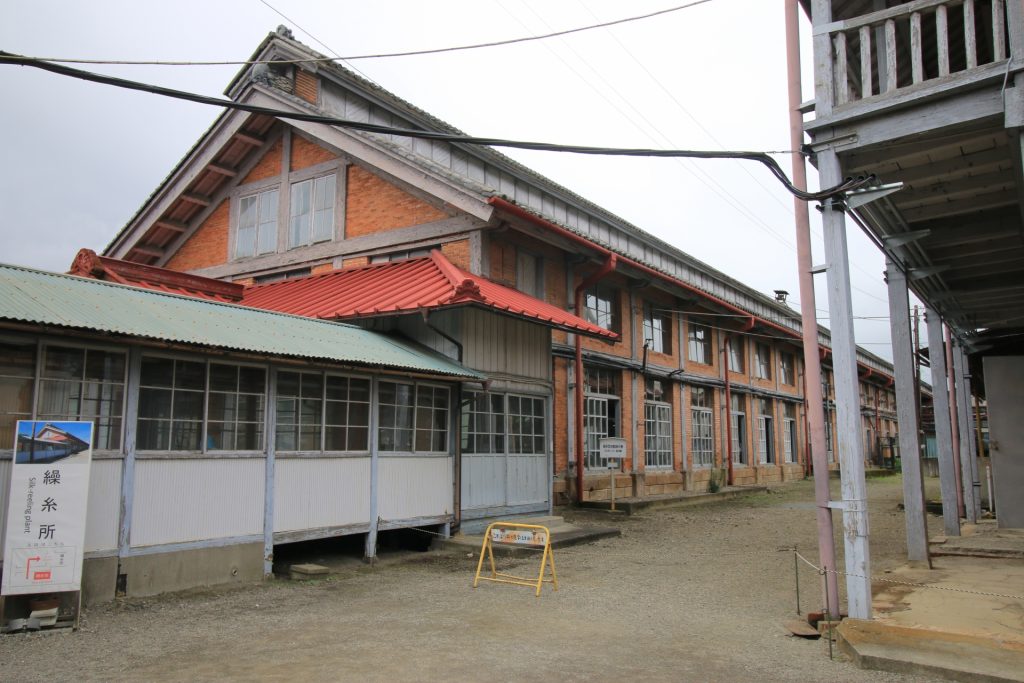
Inscribed on the World Heritage list in 2014, Tomioka Silk Mill is Japan’s oldest modern silk reeling factory. Established by the Meiji government in 1872, the mill embodies the push to modernize Japan and compete with developed Western economies. Today the mill remains almost as it was built, in excellent condition and as such, was afforded World Heritage status.
24 / ZENKO-JI TEMPLE / all year round
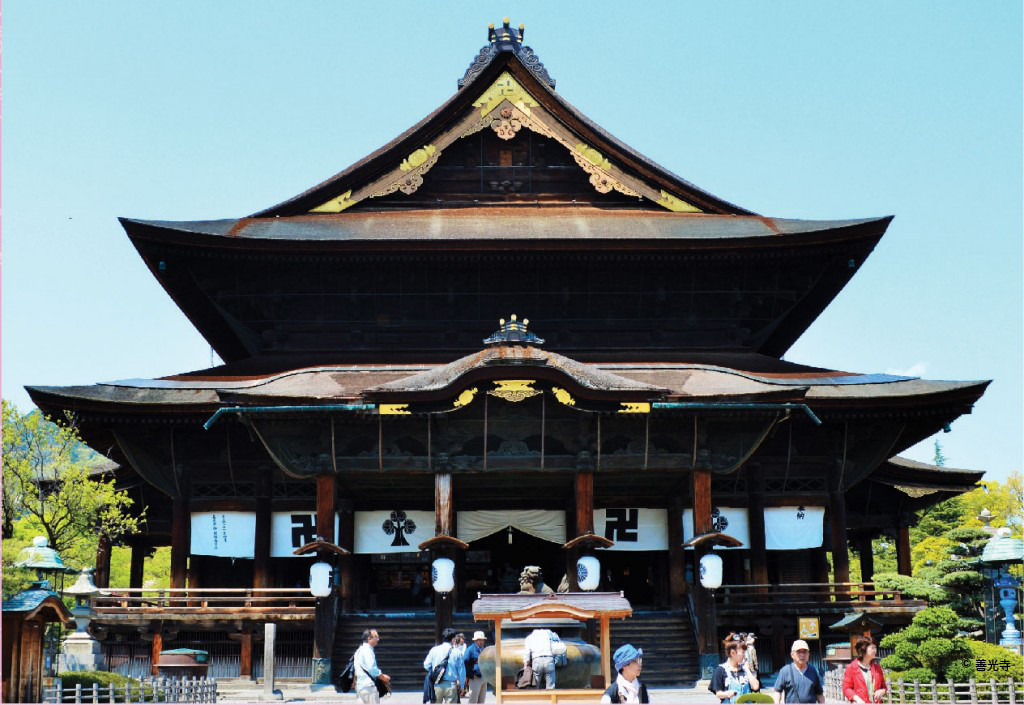
Located in Nagano City, Zenko-ji Temple is the spiritual heart of Nagano itself. With a near-1400 year history, Zenko-ji’s story is entwined with that of Nagano and to this day, the temple retains its central importance to life in the region. One of the oldest and most important Buddhist temples in Japan, Zenko-ji is also the third largest and home to the first known Buddhist statue ever brought to Japan. Open all year round, the temple performs a morning ceremony every day of the year. Taking place just after sunrise, the time of the ceremony varies throughout the year and is too early to attend when staying in Kusatsu. But it is worth-noting as it underlines Zenko-ji’s reputation as one of the most open and welcoming temples in the country. While there, visitors are welcome to experience traditional practices including guided meditation, goma prayer and calligraphy.
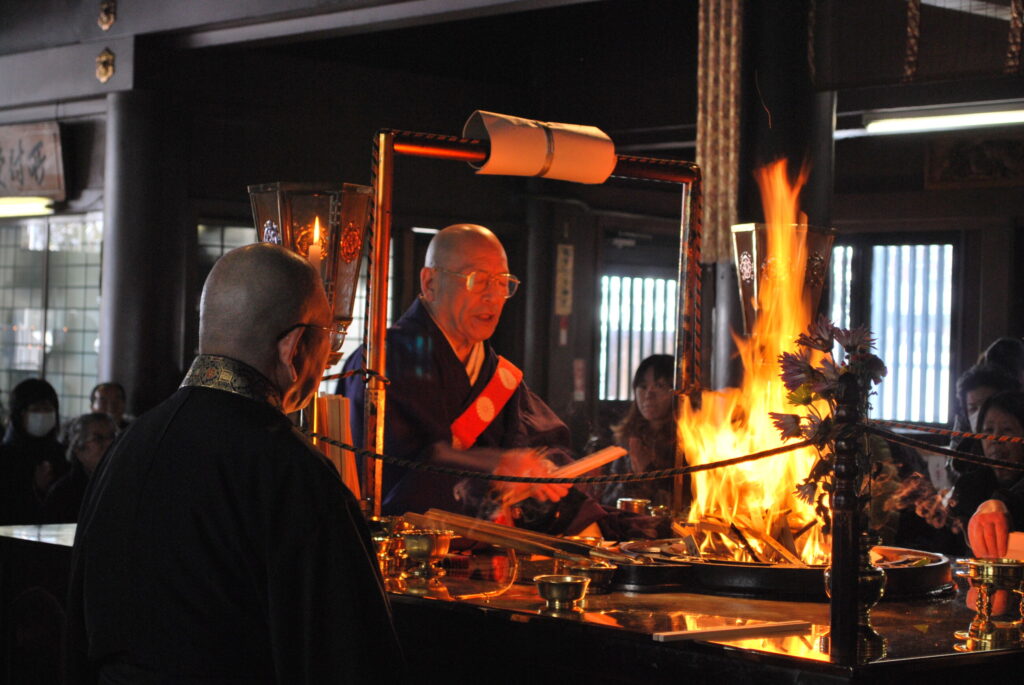
For visitors wanting to experience these activities or simply learn more about the temple, doing so on a private tour is a great way to discover more about the importance of Zenko-ji and role of Buddhism in Japan. We can arrange transport to and from your accommodation in Kusatsu and combine a visit to the temple with many other nearby destinations and experiences – whatever works best for you!
25 / DISCOVER TOGAKUSHI / all year round
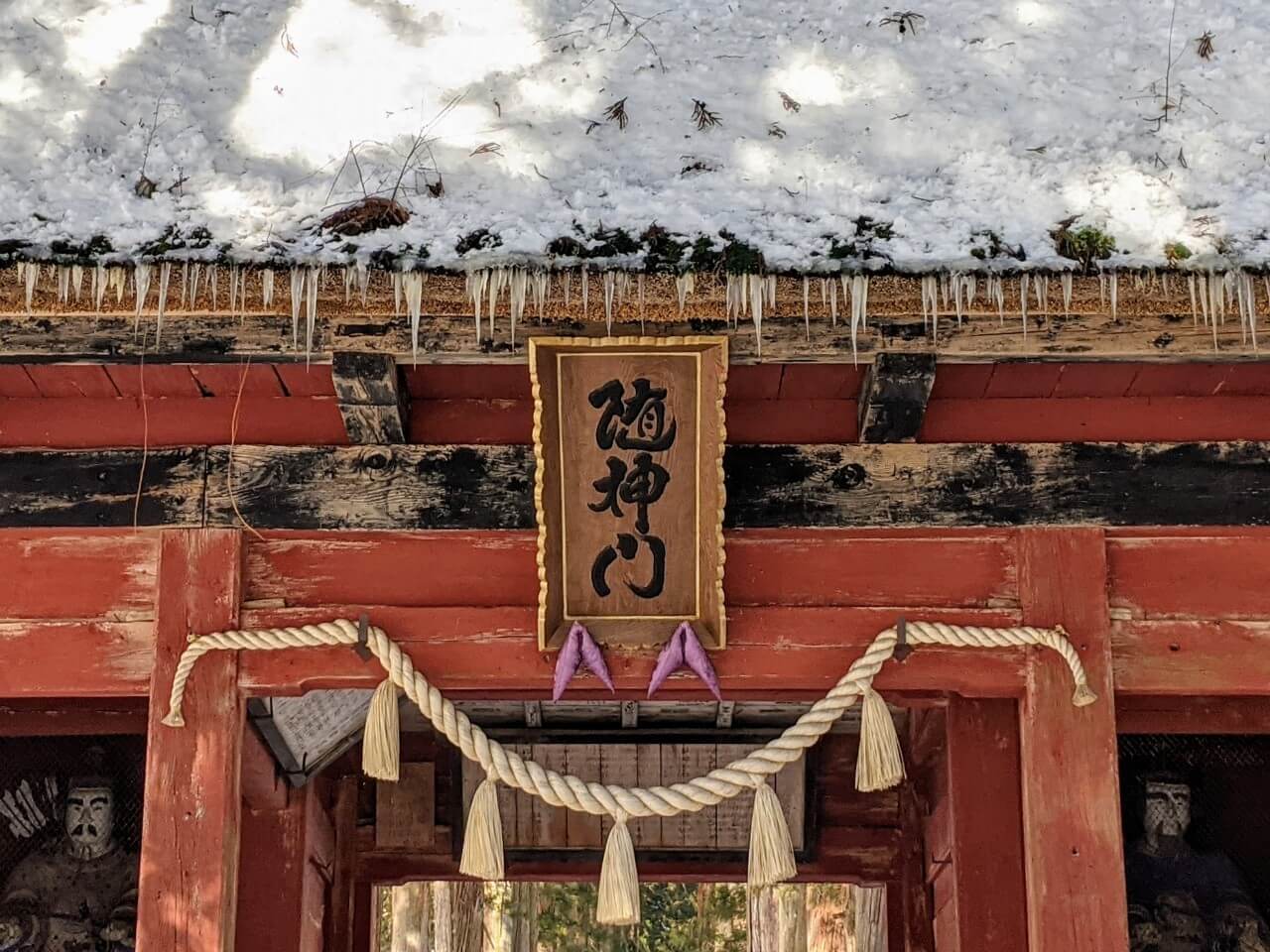
Sitting in the forests just outside of Nagano City, Togakushi is home to some of Japan’s most important Shinto shrines, the birthplace of a school of ninja, and producer of some of the best ‘soba’ (buckwheat noodles) in the country. It is also home to Togakushi Ski Resort, a little known but great little resort that can be accessed using a local bus from Nagano Station.
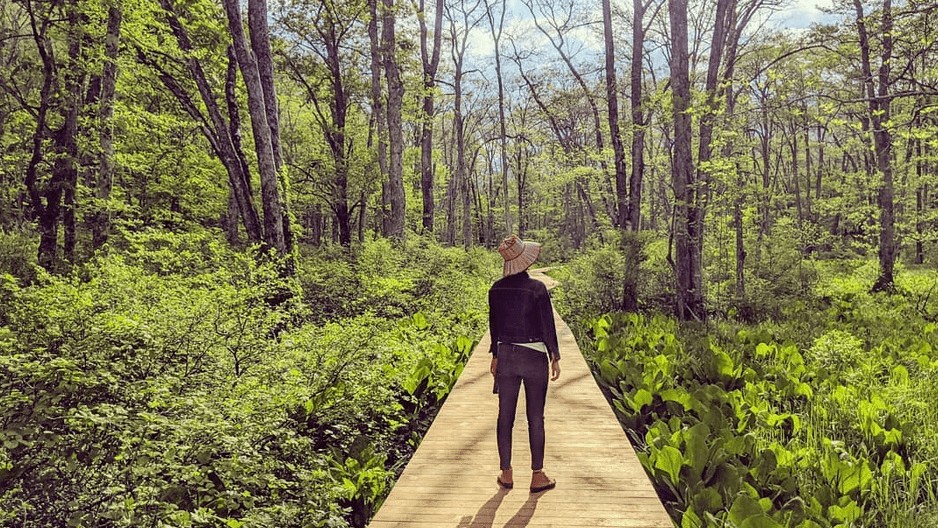
1-Day Togakushi Legends Tour: Hands-on Soba Noodles, Ninja Village, and Hidden Shrines
- Spots:
- Pick-up:
- Drop-off:
All of that makes Togaksuhi an all year round destination which is now coming to the attention of international visitors. The shrines of Togakushi are spread through the forest, connected by walking tracks of which the avenue leading to the ‘Okusha’ (Upper Shrine) is the most famous. Lined by huge cedars, this is spectacular and otherworldly environment – one that captures the imagination and lives on for many as one of the highlights of Japan.
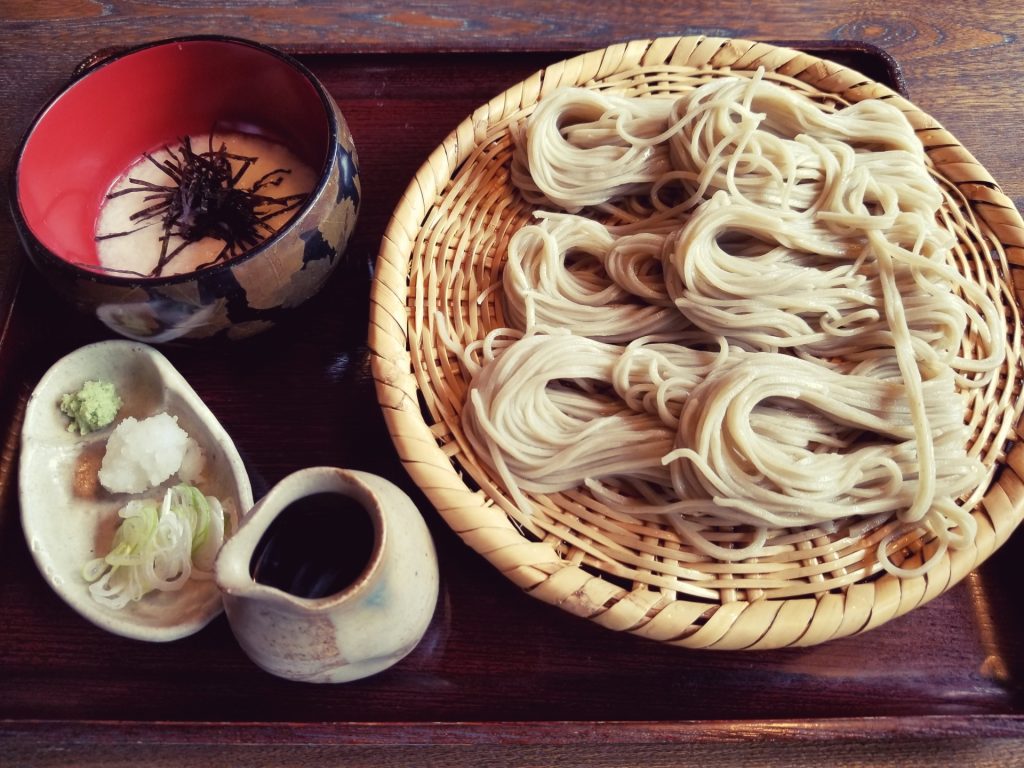
Numerous soba restaurants serve Togakushi’s signature noodle dishes while bamboo craft stores sell all manner of the highest quality wares. Home to the Togakure School of Ninja, Togakushi’s Ninja Museum and Ninja Kids Village make for great entertainment from spring to autumn, before the snow returns and Togakushi Ski Resort draws mostly local skiers who know just how good the ski runs are. Togakushi is waiting for you to discover it!
WHERE TO STAY WHEN VISITING KUSATSU?
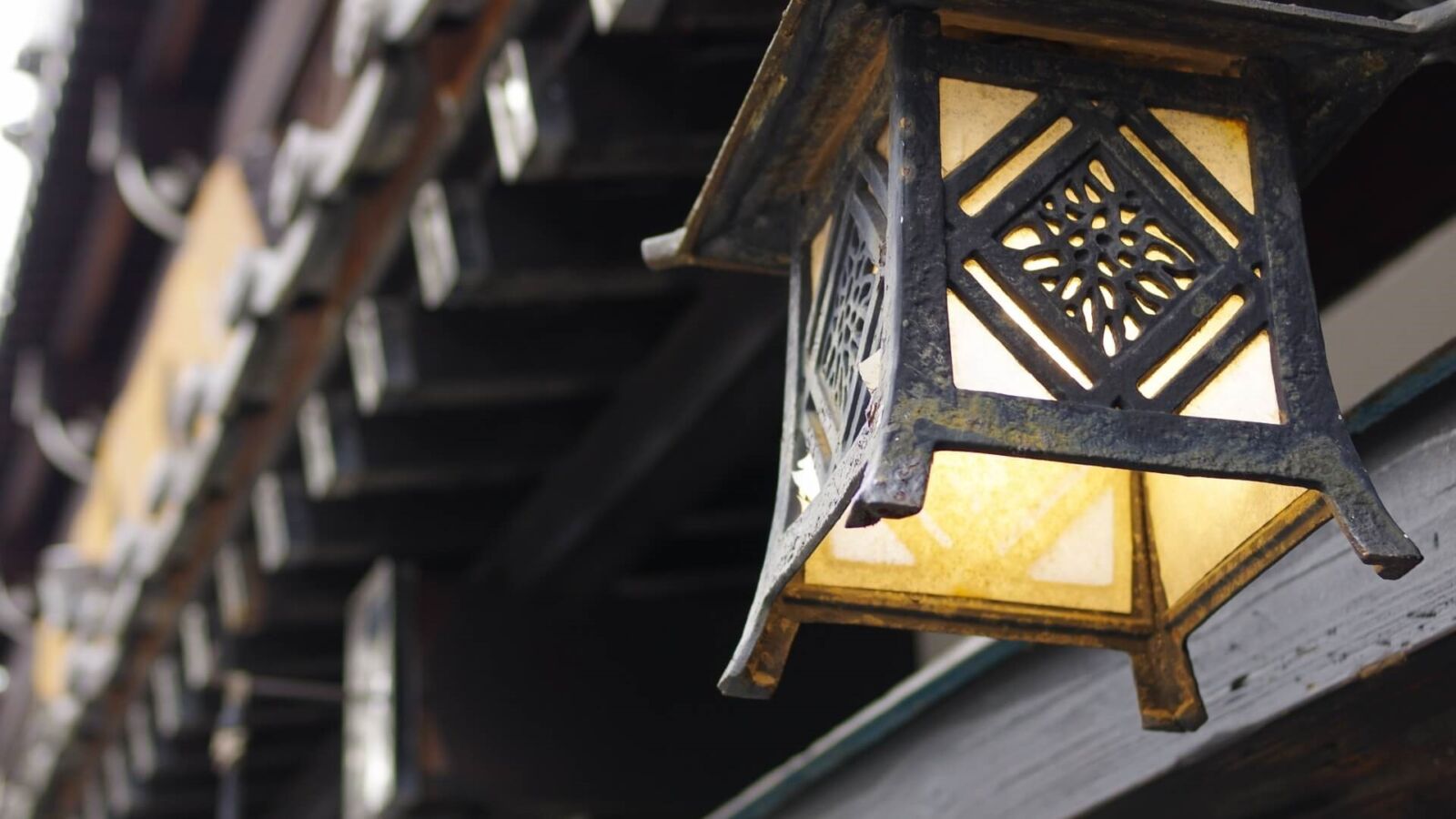
As one of Japan’s most famous hot spring towns, Kusatsu Onsen offers plenty of accommodation options catering to all budgets while it can also be visited as a daytrip from nearby destinations including Karuizawa, Shiga Kogen and other onsen towns. Our 'Best Places to Stay In & Around Kusatsu Onsen' page includes information about options in Kusatsu Onsen and surrounding destinations including Karuizawa, Manza Onsen, Shiga Kogen and the other famous hot spring towns of Gunma including Minakami Onsen, Ikaho Onsen and Shima Onsen.
HOW TO GET TO KUSATSU ONSEN
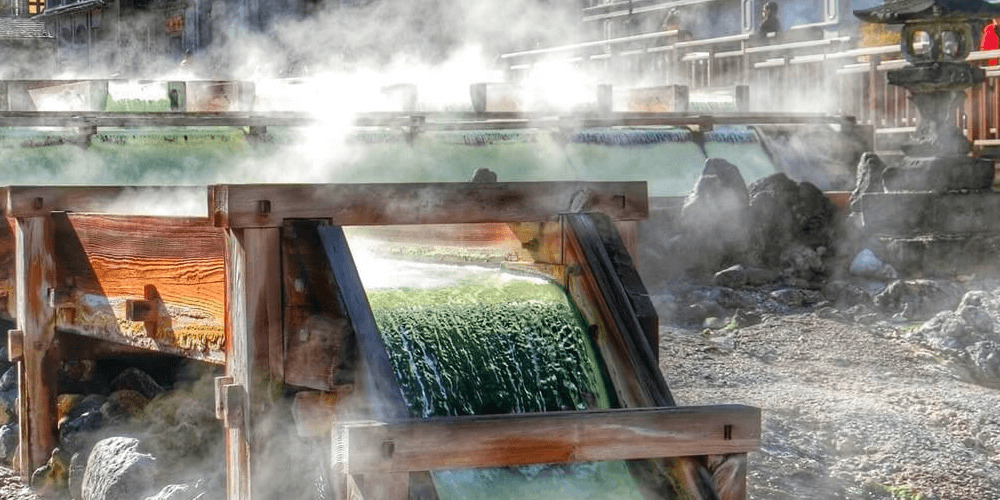
Though located high in the mountains of Joshinetsu Kogen National Park, Kusatsu Onsen is relatively easy to reach thanks to Japan's fantastic train network. For most visitors, it will mean going via Karuizawa Station - a convenient stop on the Hokuriku Shinkansen line running from Tokyo to Kanazawa via Nagano. For detailed information about how to reach the town, see our 'How To Get To Kusatsu Onsen' page.
TOURS AND CHARTERS TO KUSATSU
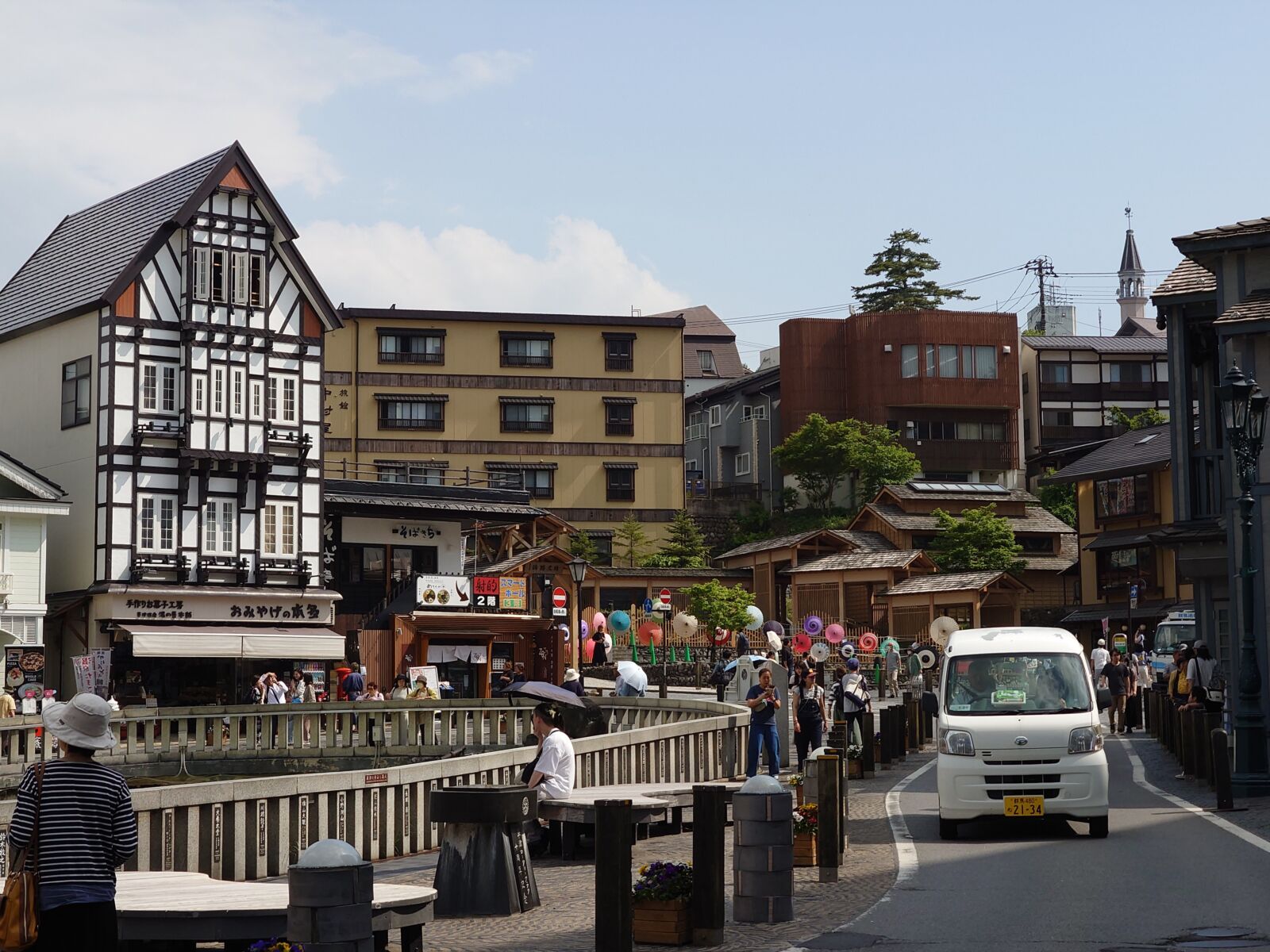
Are you convinced that visiting Kusatsu is a great idea? If so, our group tour of the area may be for you! As always, our guides are professional and friendly and our dedicated tour vehicles and drivers are safe and ready to whisk you to your destination.
Offering pick up from both Nagano Station and Karuizawa Station, this tour can be easily joined even by those coming up from Tokyo. With a stop on the way at the dry lava fields of the Onioshidashien, this tour will show you the best of Kusatsu, give you time to eat or enter an Onsen at your own discretion, and bring you to the top of Mount Shirane on one of Japan's most scenic roads.

If all you need is a vehicle to take you, your group, and your luggage to the Kusatsu area, look no further! Our private charters provide door-to-door service from a location of your choice, to anywhere you want to go in and around Kusatsu! For more information on pricing and availability, please contact us HERE.














